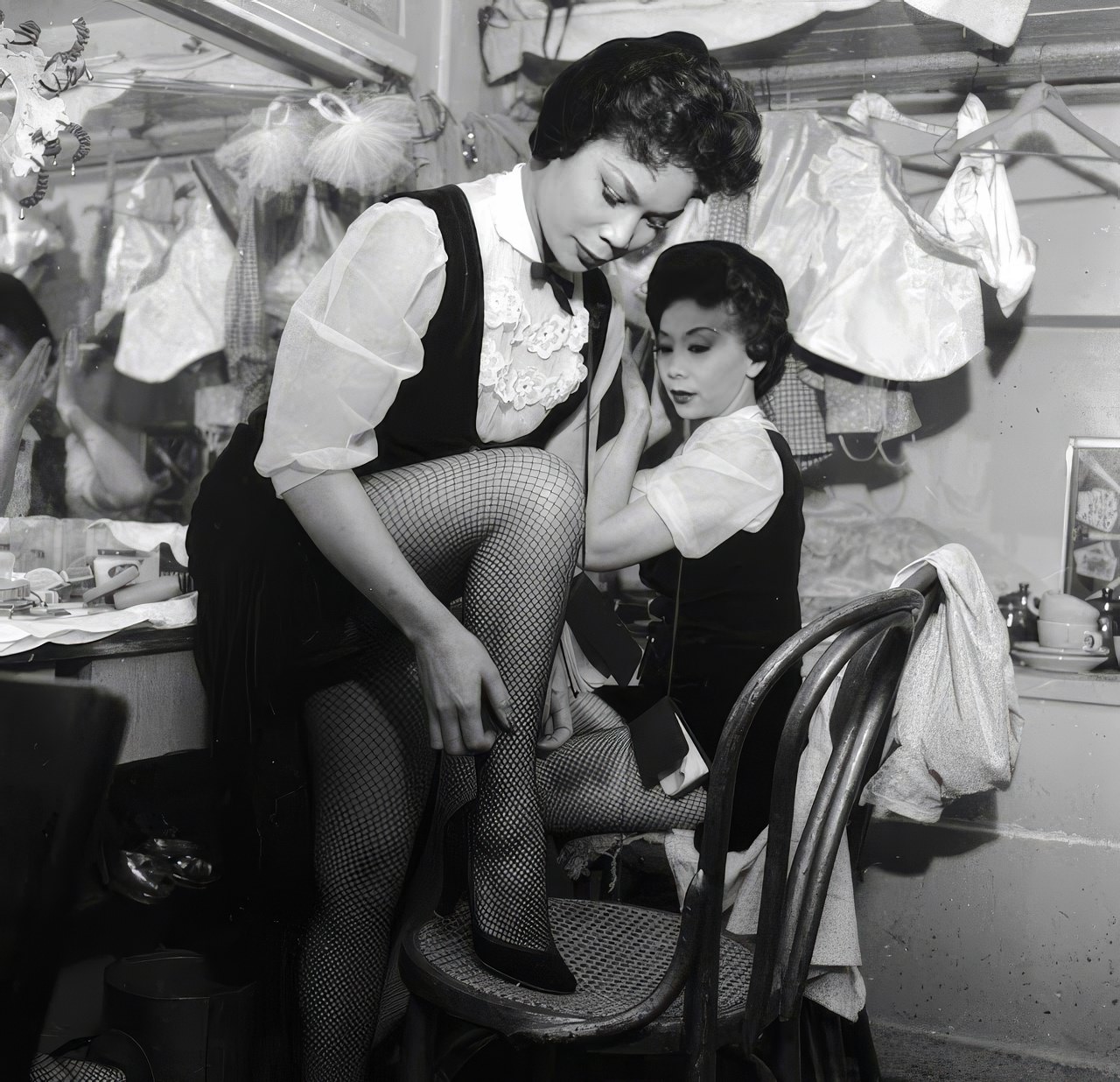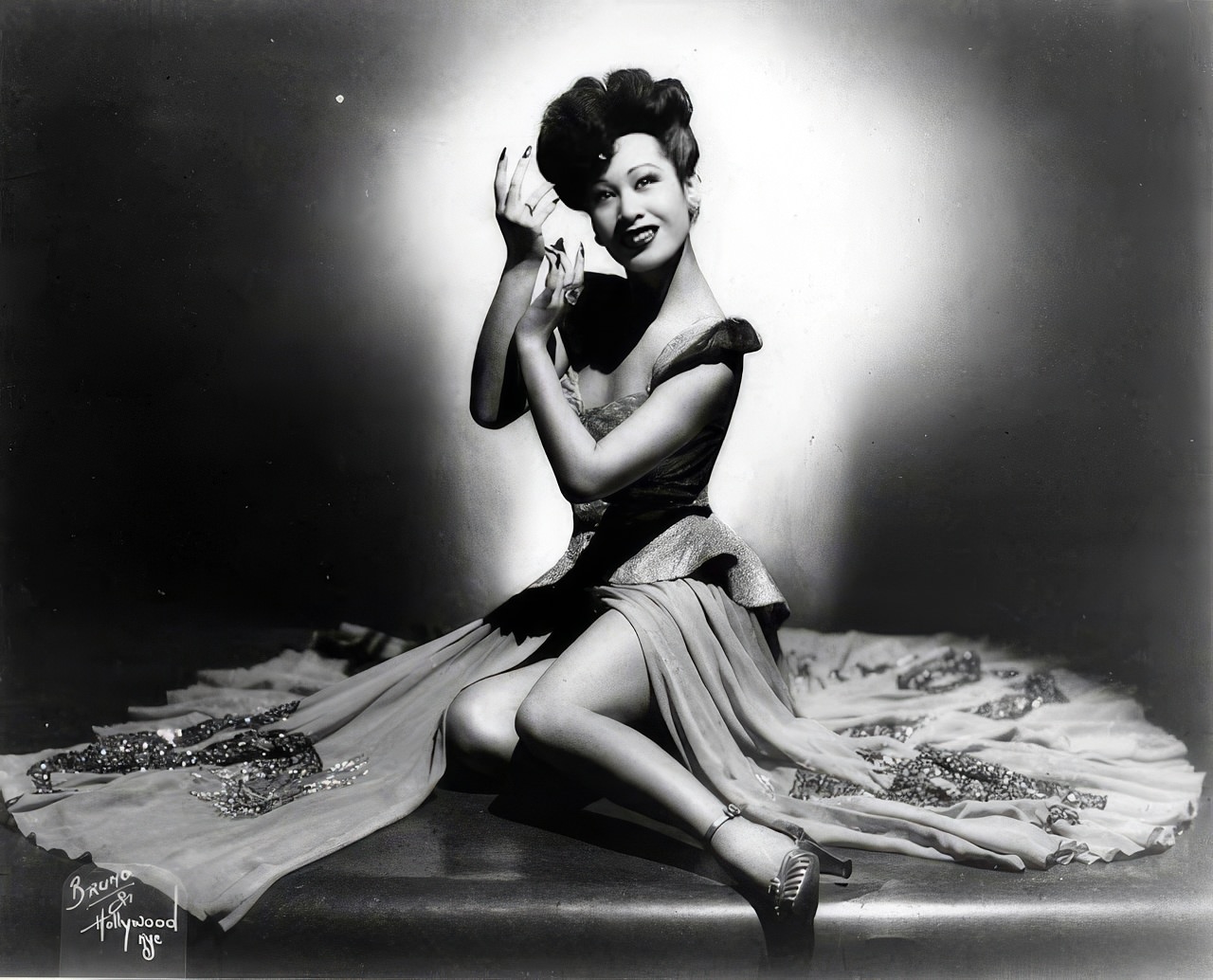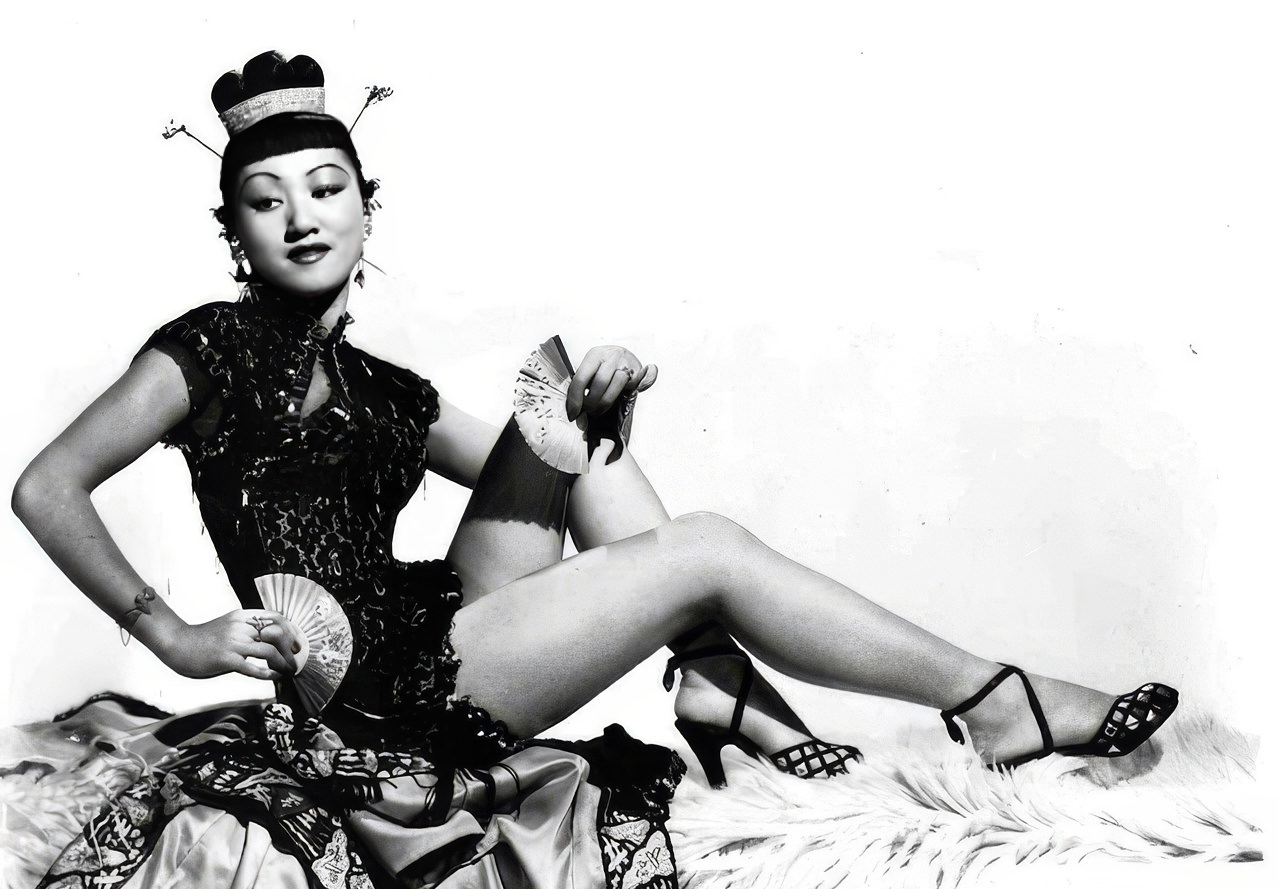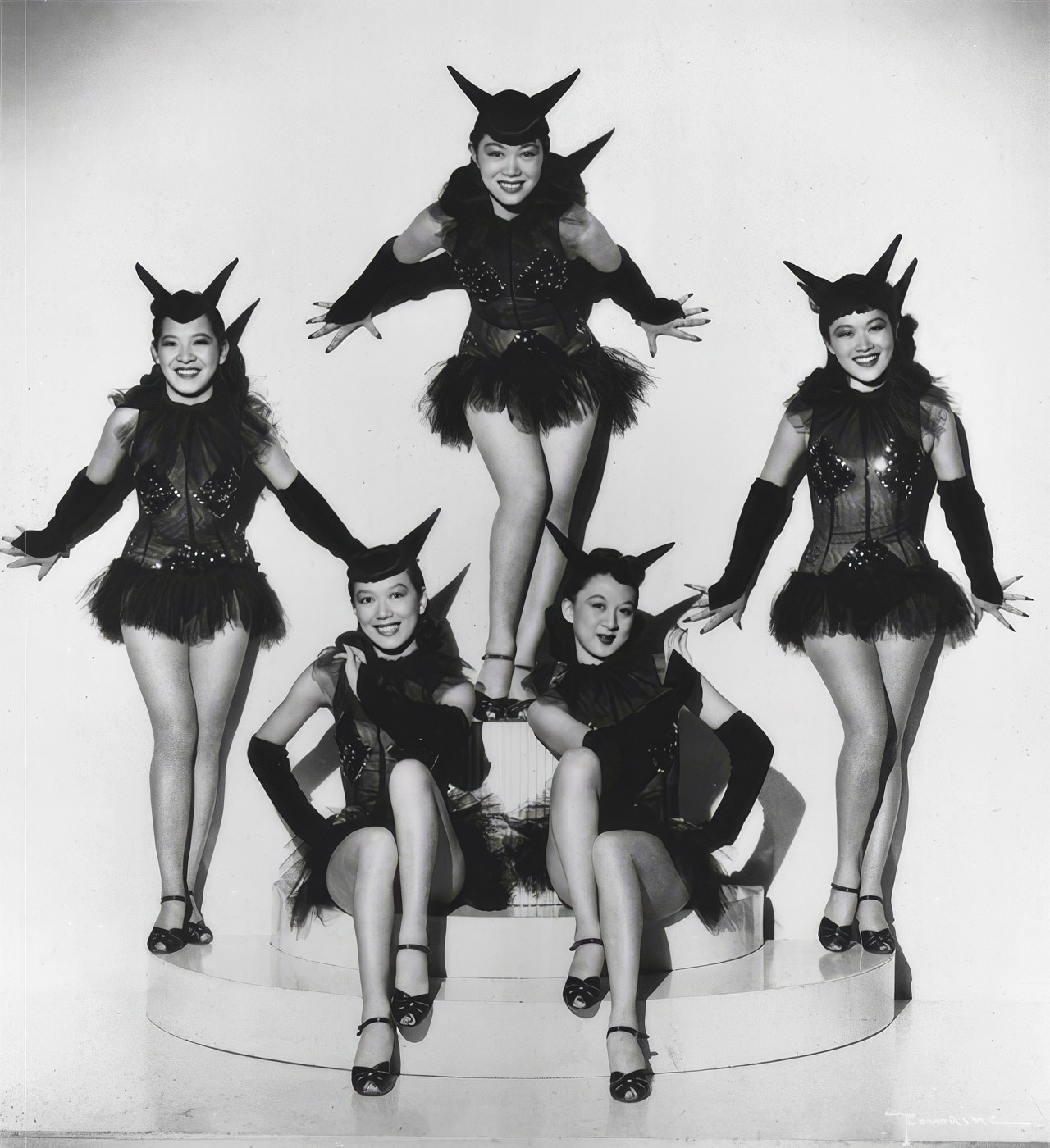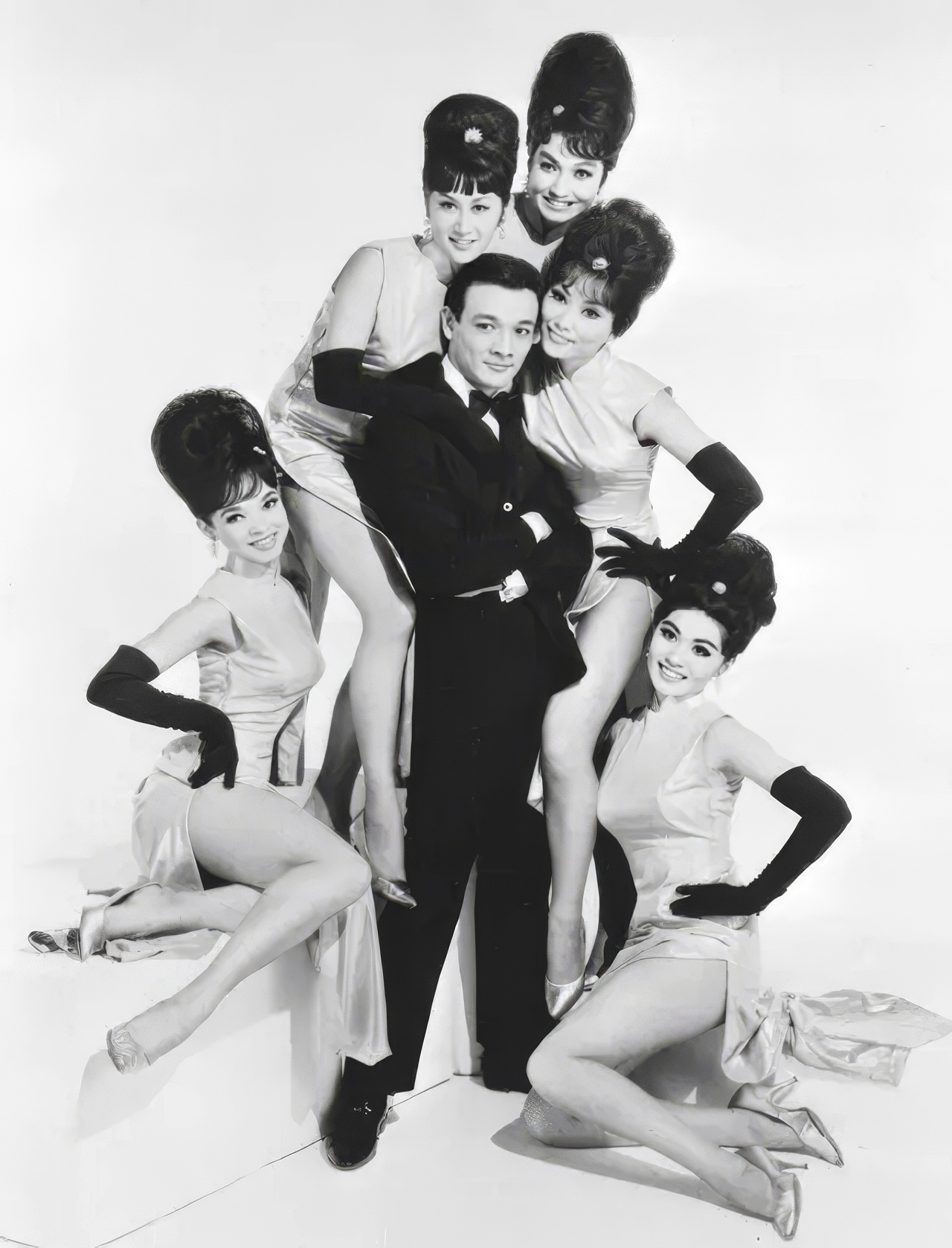San Francisco’s Chinatown wasn’t always just about delectable dim sum and bustling markets. In its heart, from 1938 to 1970, throbbed the vibrant Forbidden City – not an emperor’s palace, but America’s greatest Chinese nightclub. While not the first Chinese American venue, the Forbidden City became the most iconic, a dazzling spectacle showcasing Asian American talent and captivating audiences for over three decades.
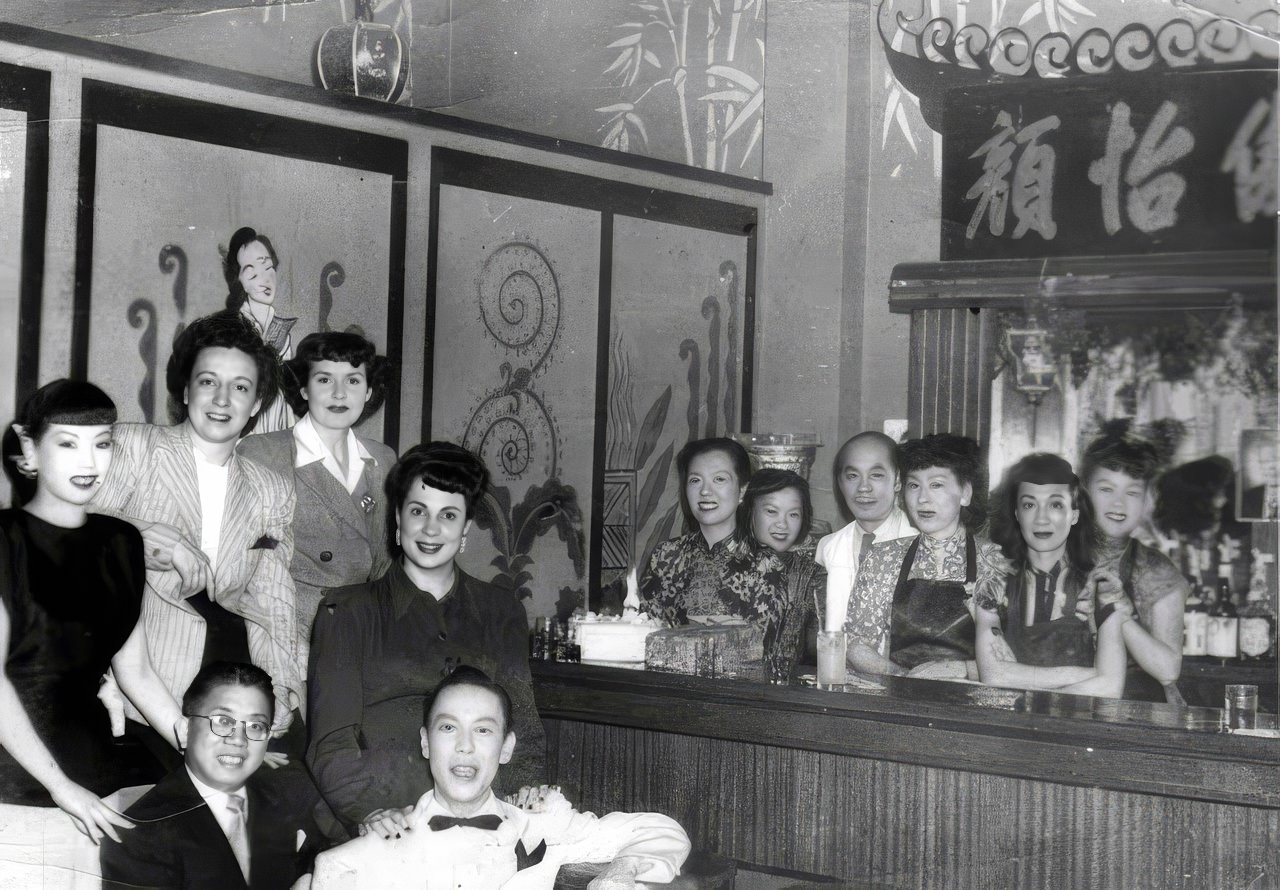
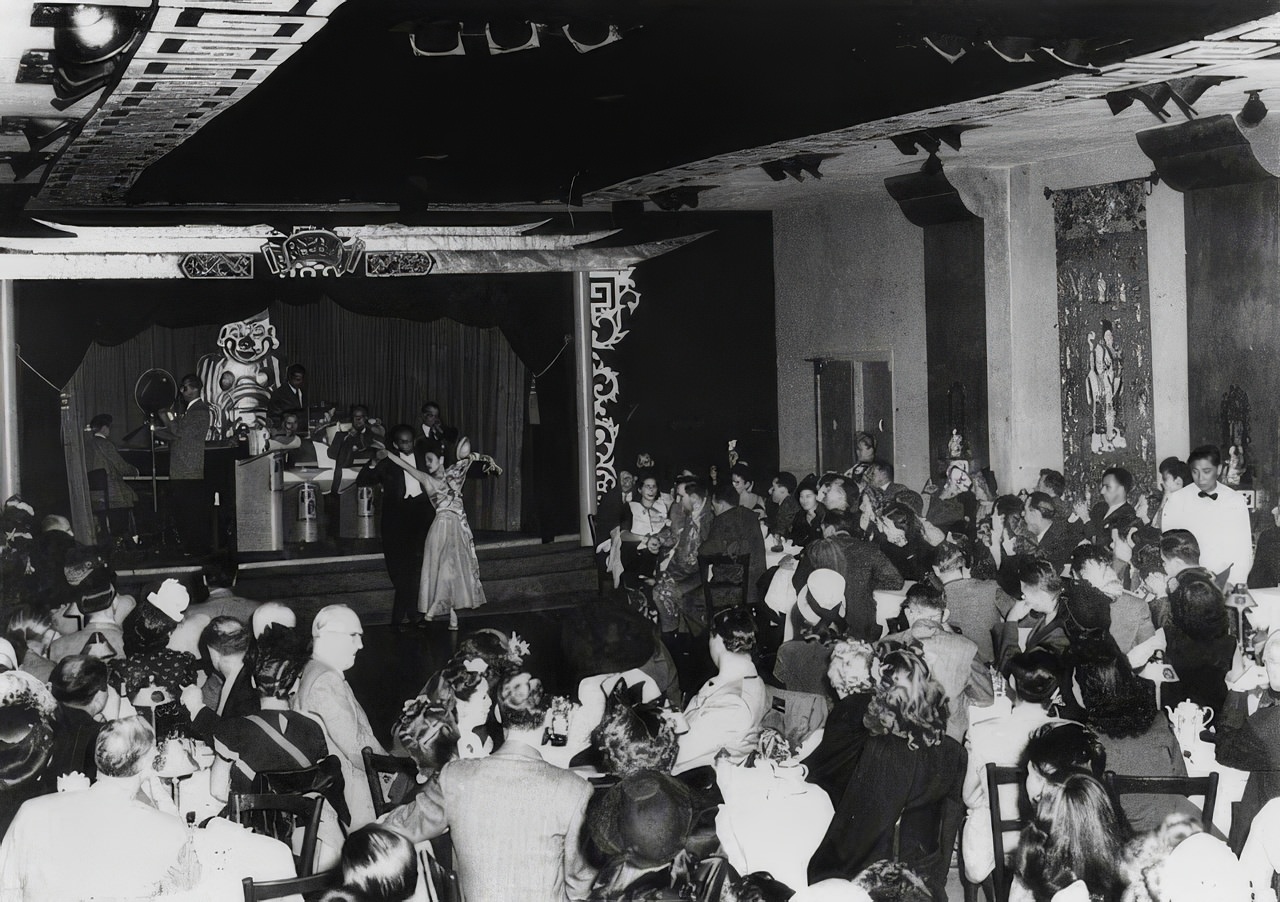
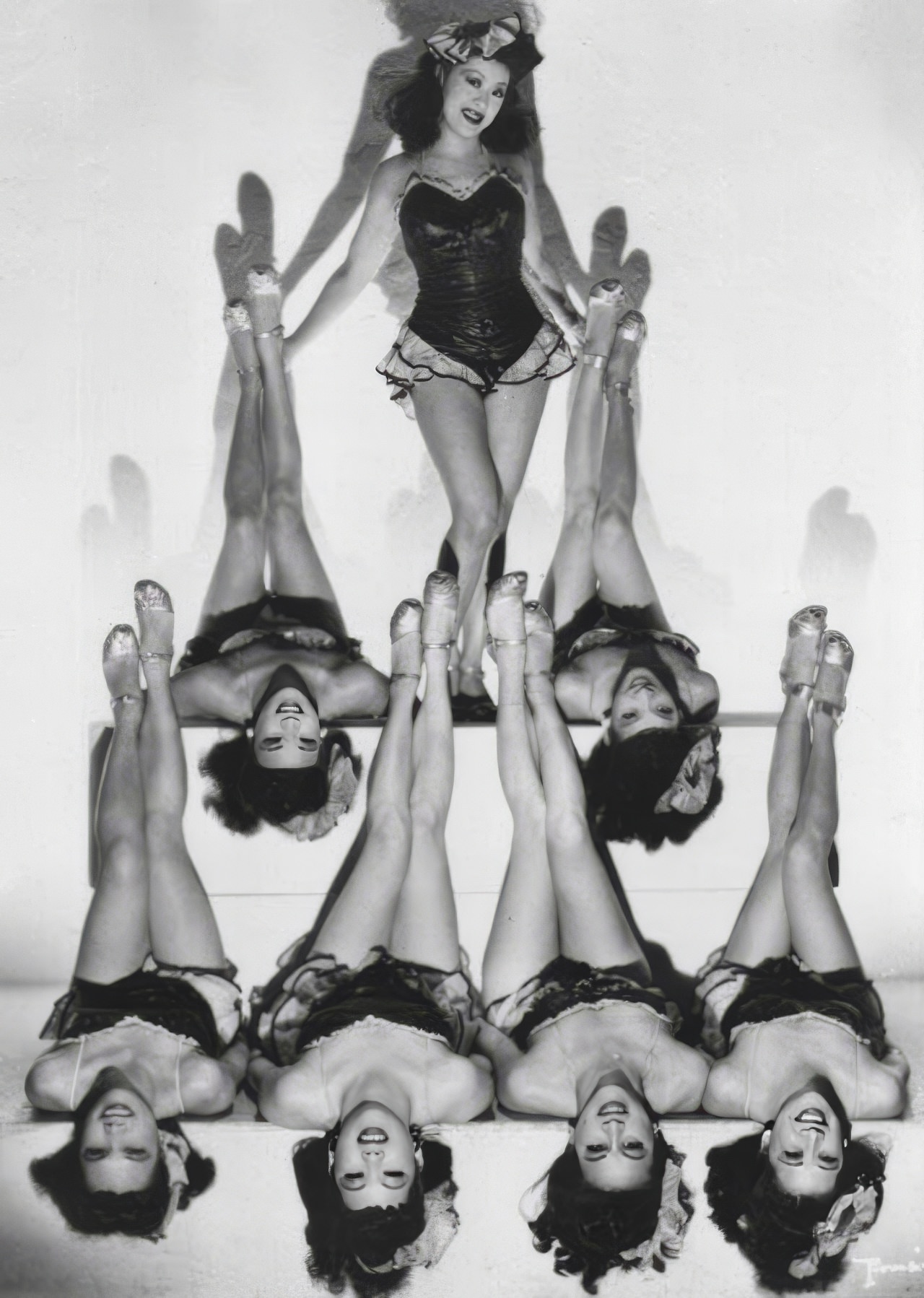
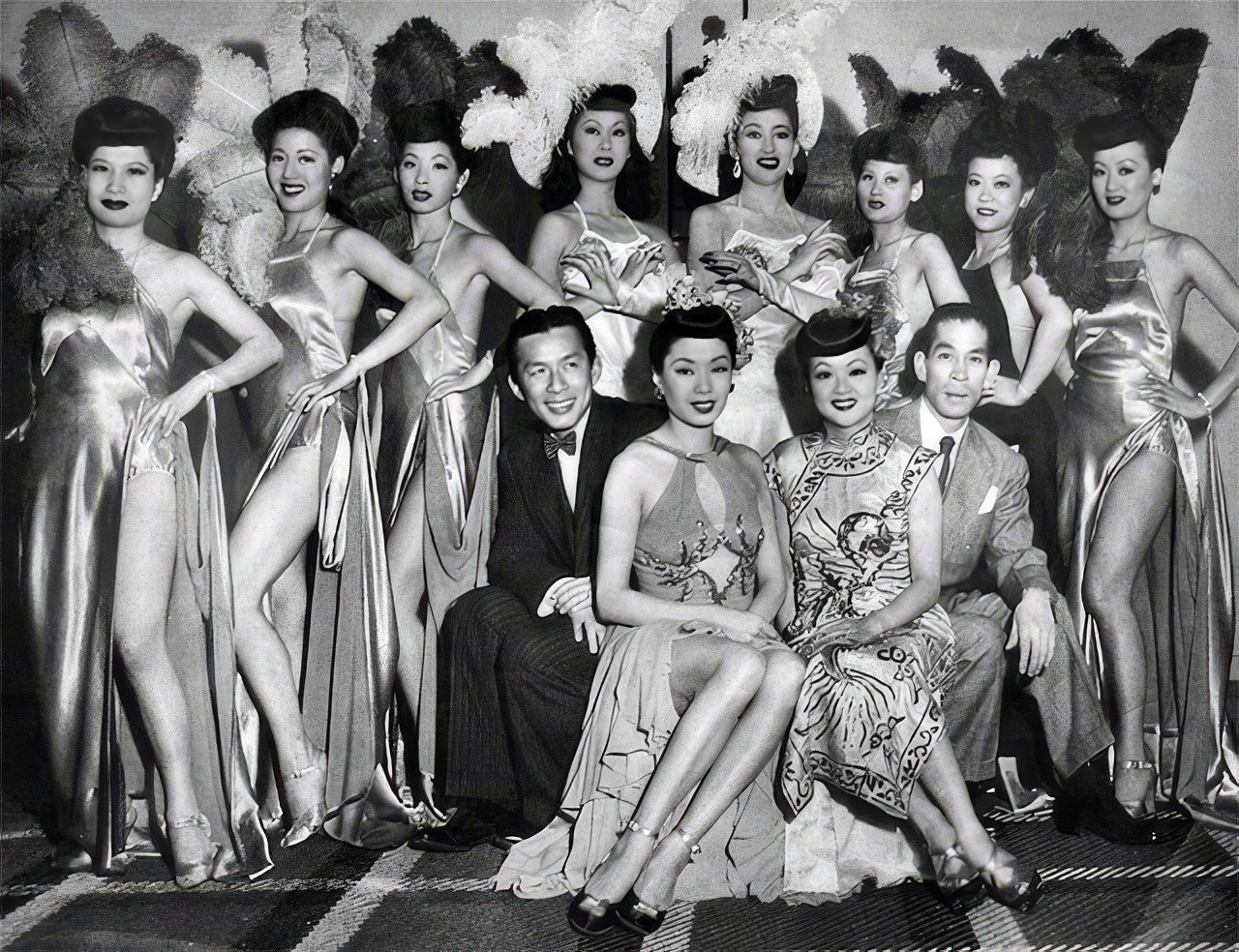
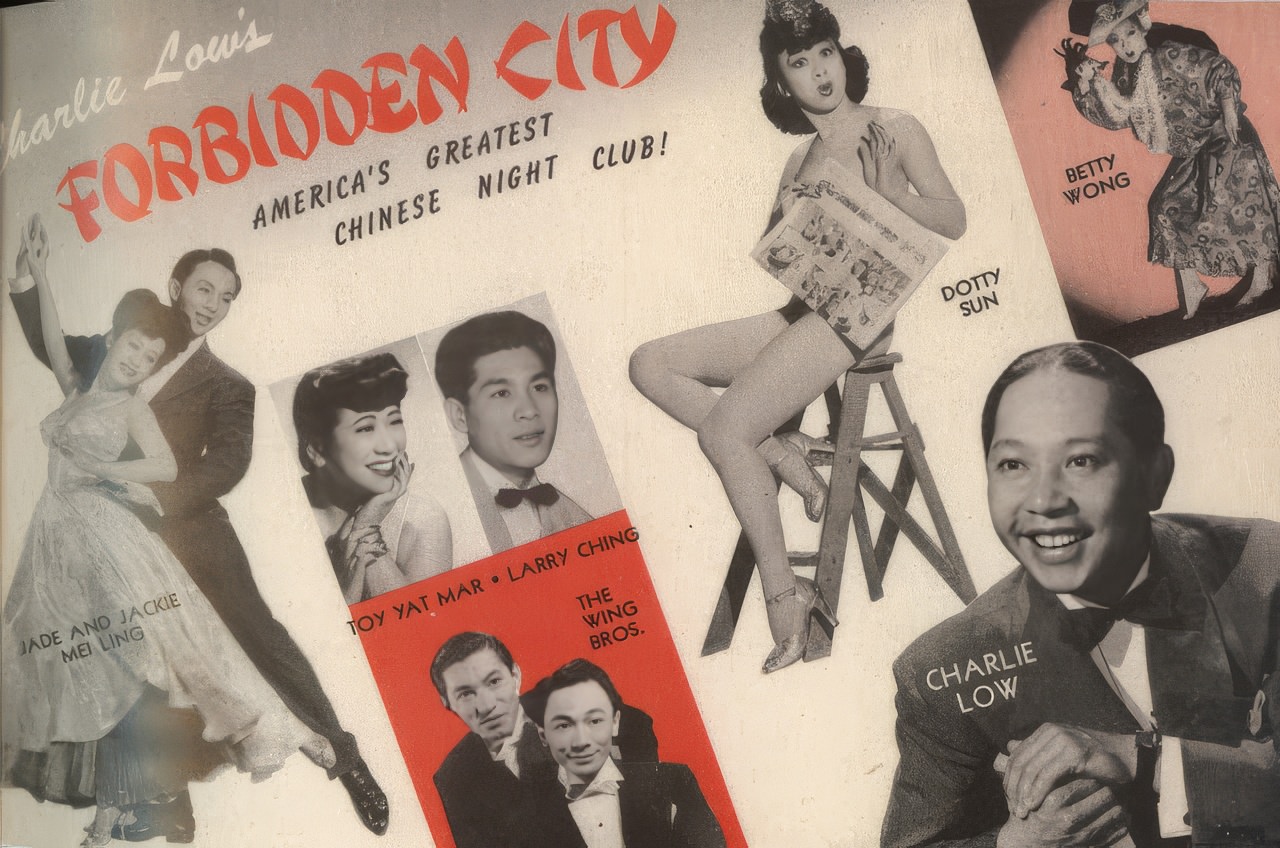
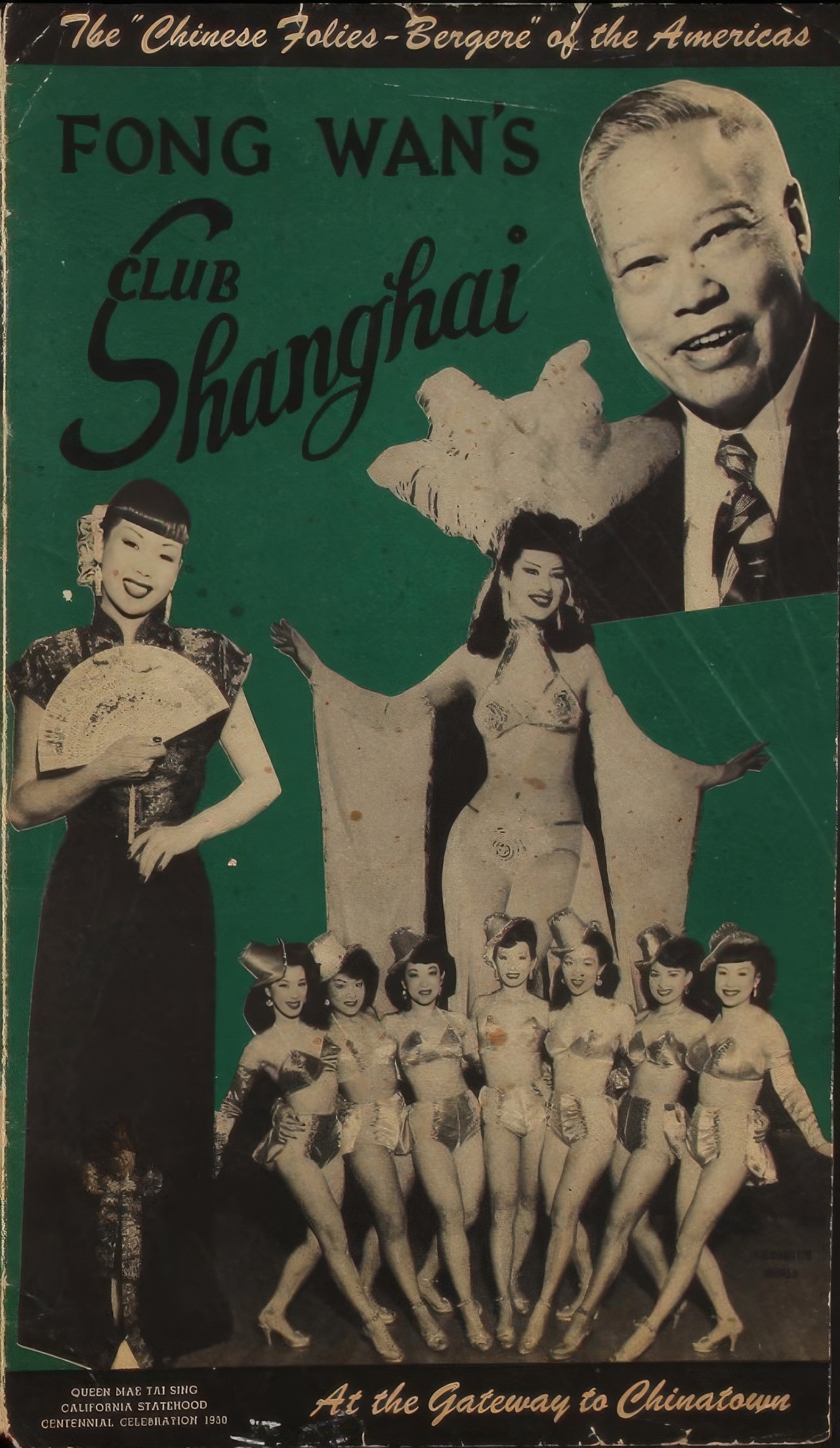
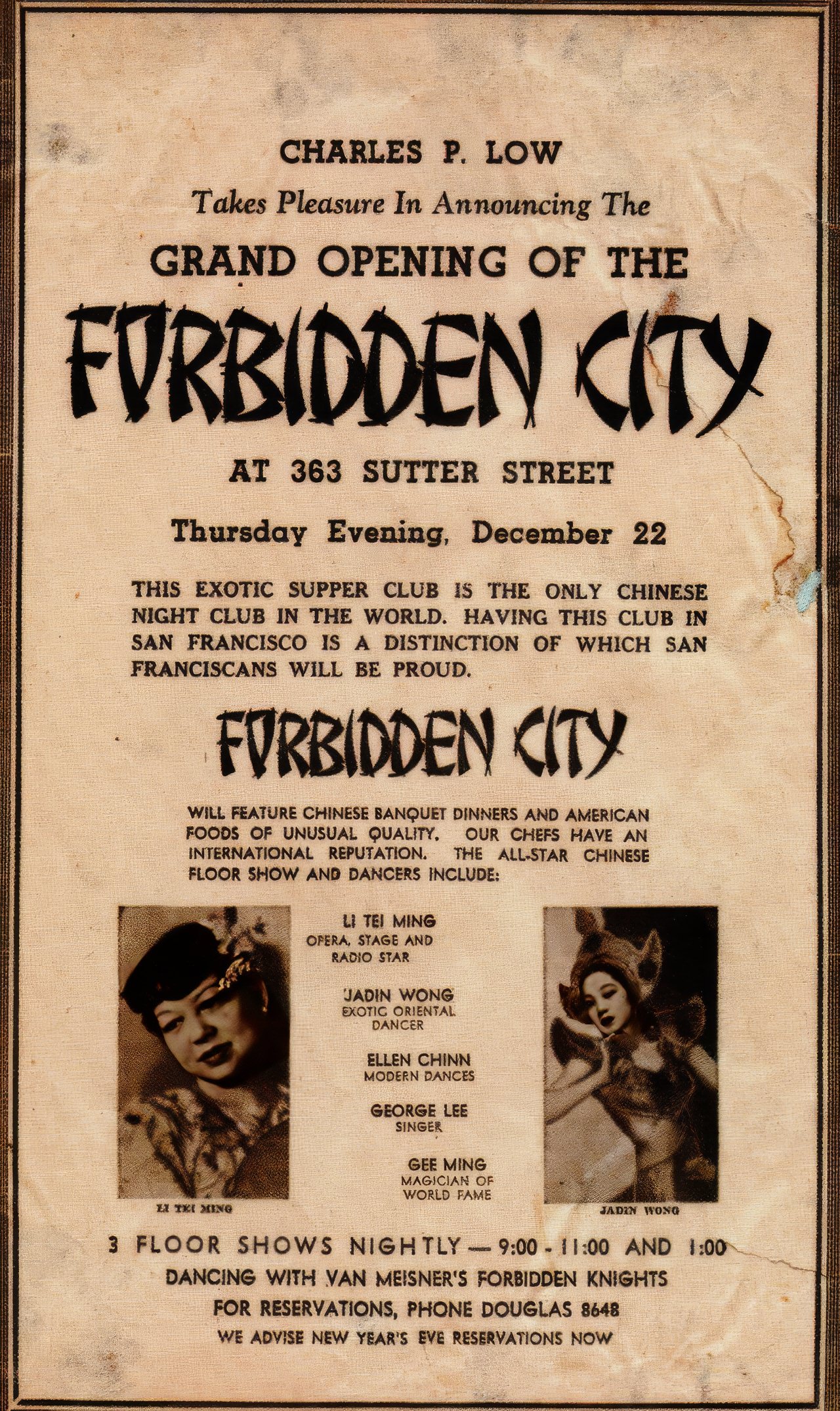
Charlie Low, the son of Chinese immigrants, opened the Forbidden City in 1938. It capitalized on a growing trend – the “Chop Suey Circuit” – a network of Chinese American nightclubs catering to a curious, mostly white clientele. Located just outside Chinatown, the Forbidden City offered a glimpse into a captivating world, enticing patrons with its exotic allure.
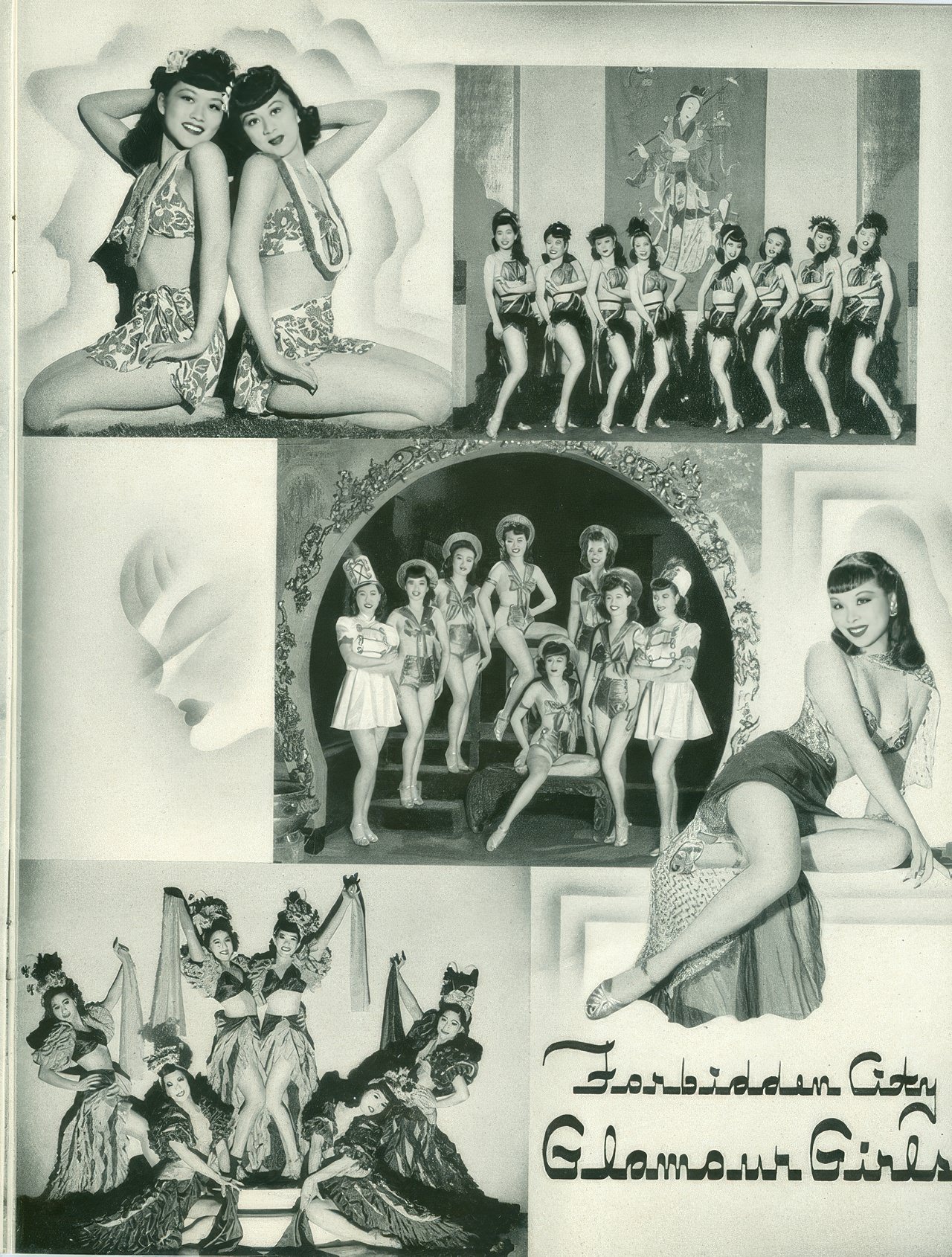
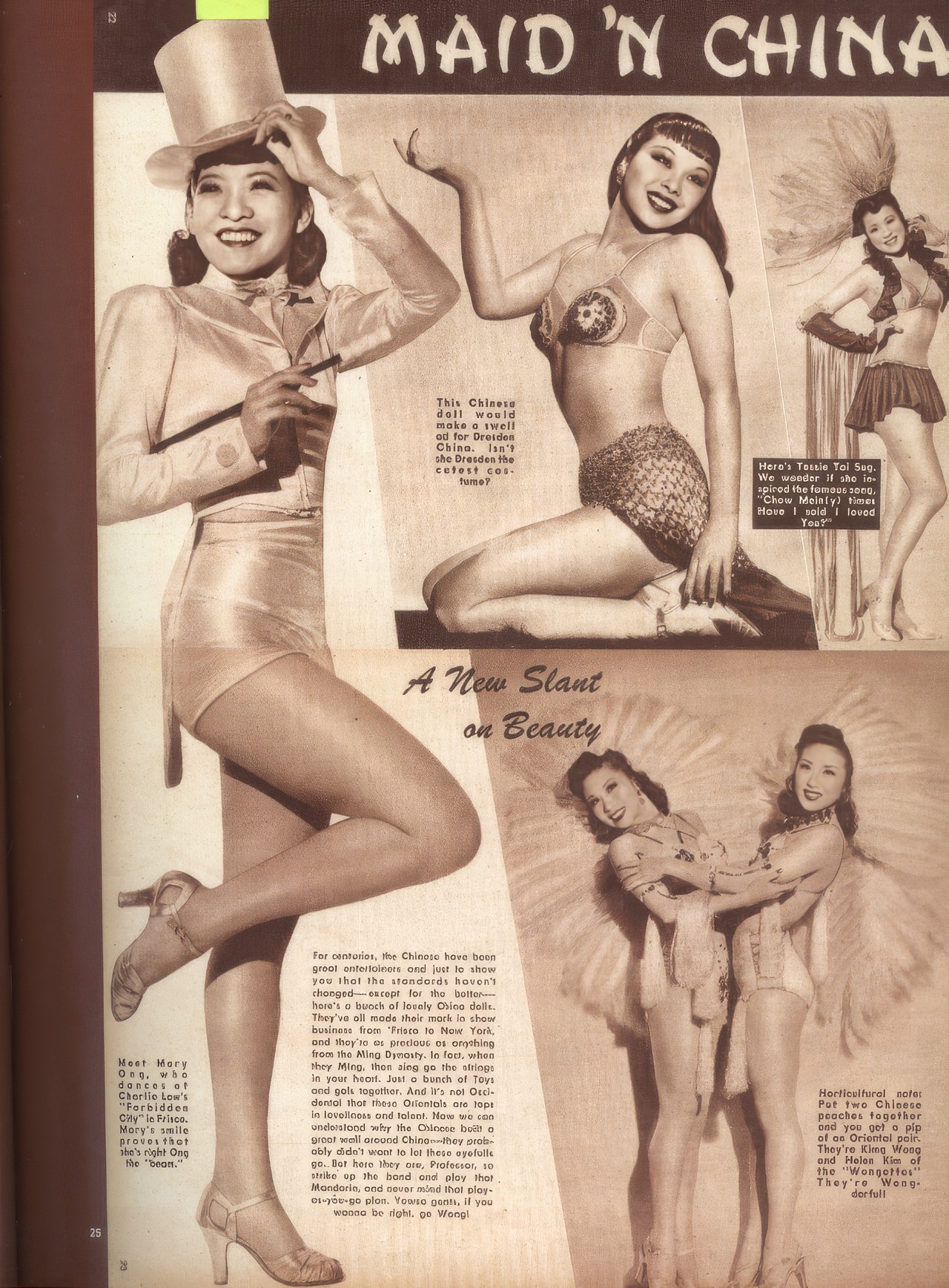
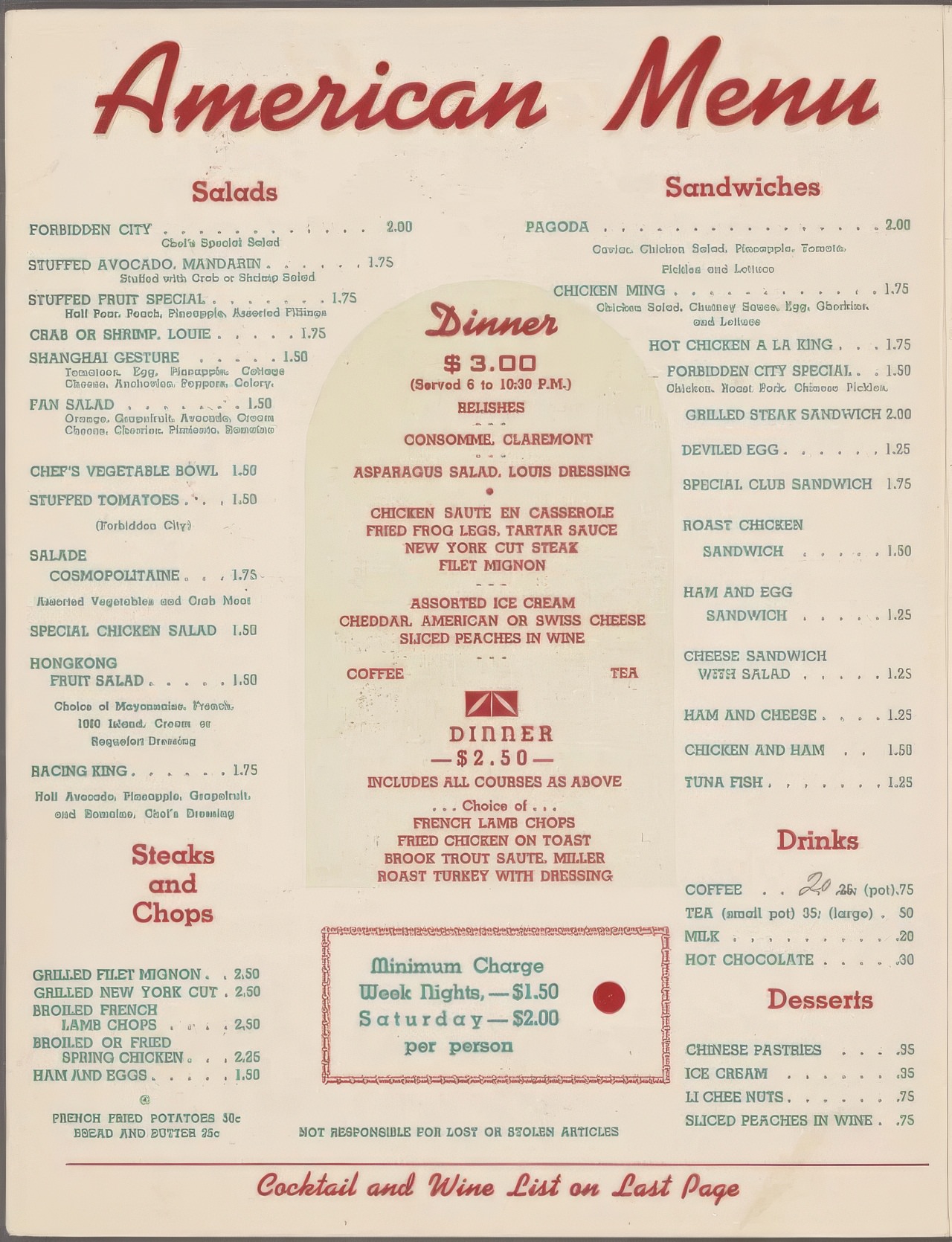
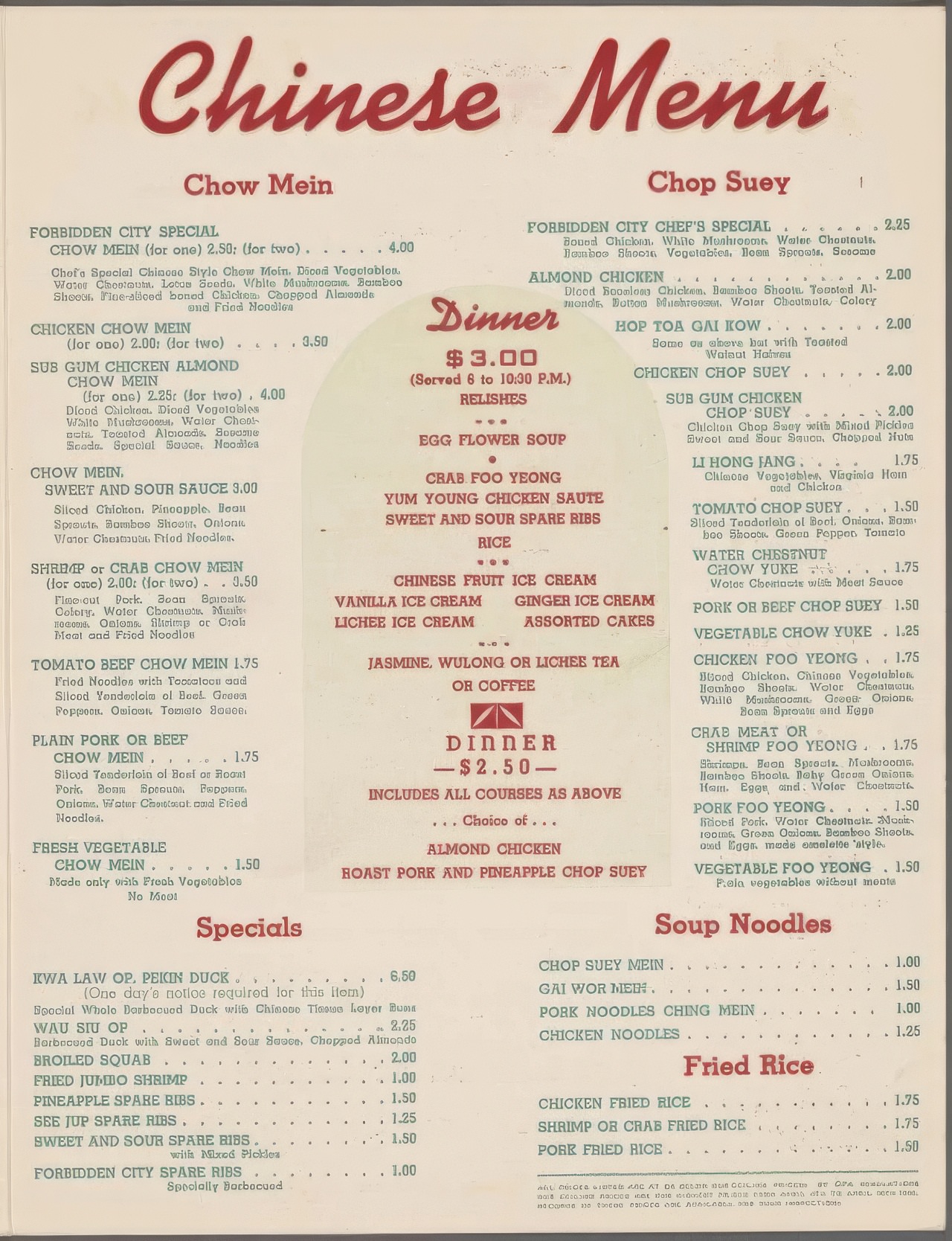
Unlike other clubs that relied on stereotypical portrayals, the Forbidden City was a place where Asian Americans shone. The club featured a dazzling array of performers – singers with powerful voices, dancers in elaborate costumes, dazzling chorus lines, and even magicians and strippers. It was a stage where Asian American talent thrived, free from the racial discrimination that permeated Hollywood and mainstream entertainment.
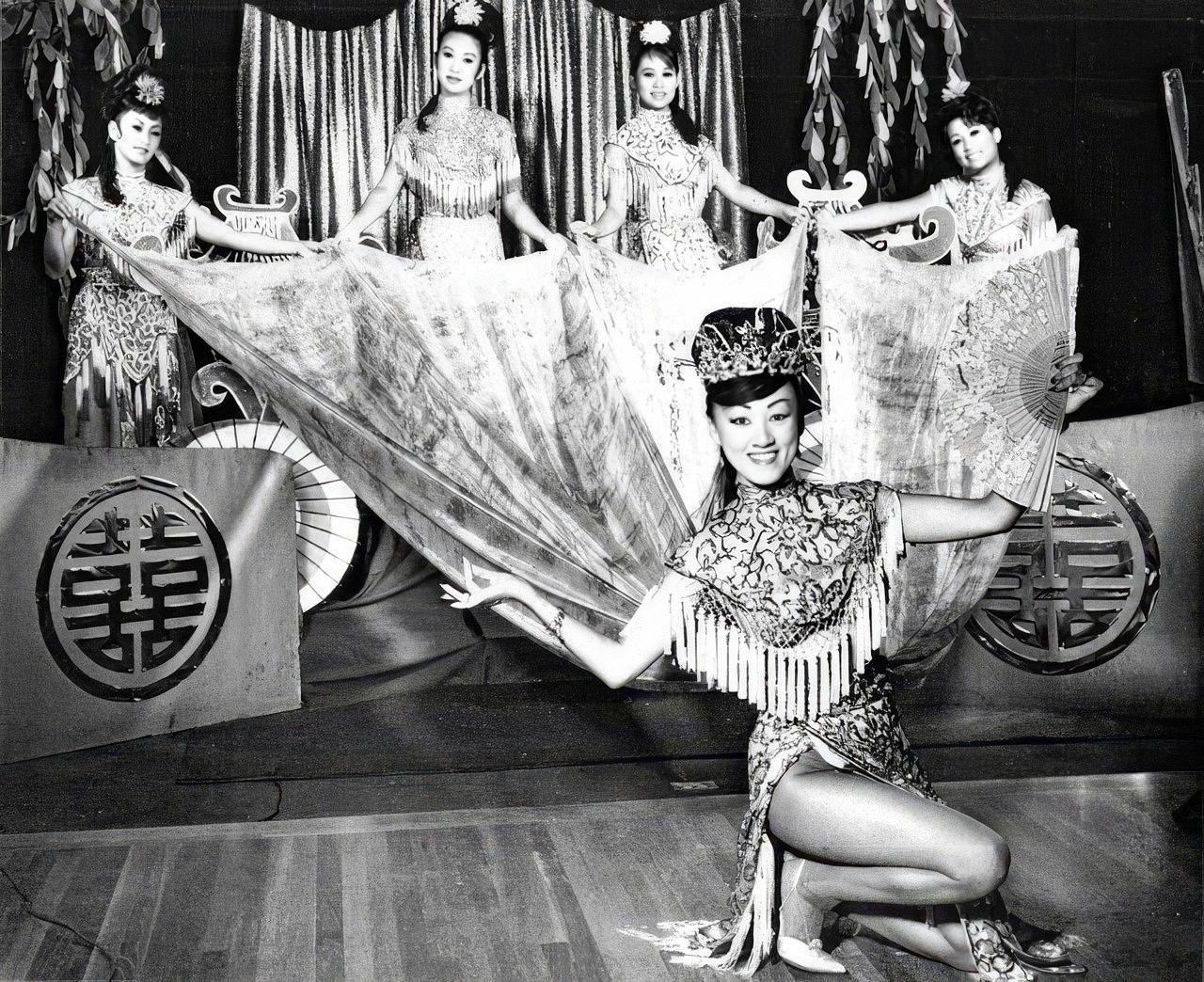
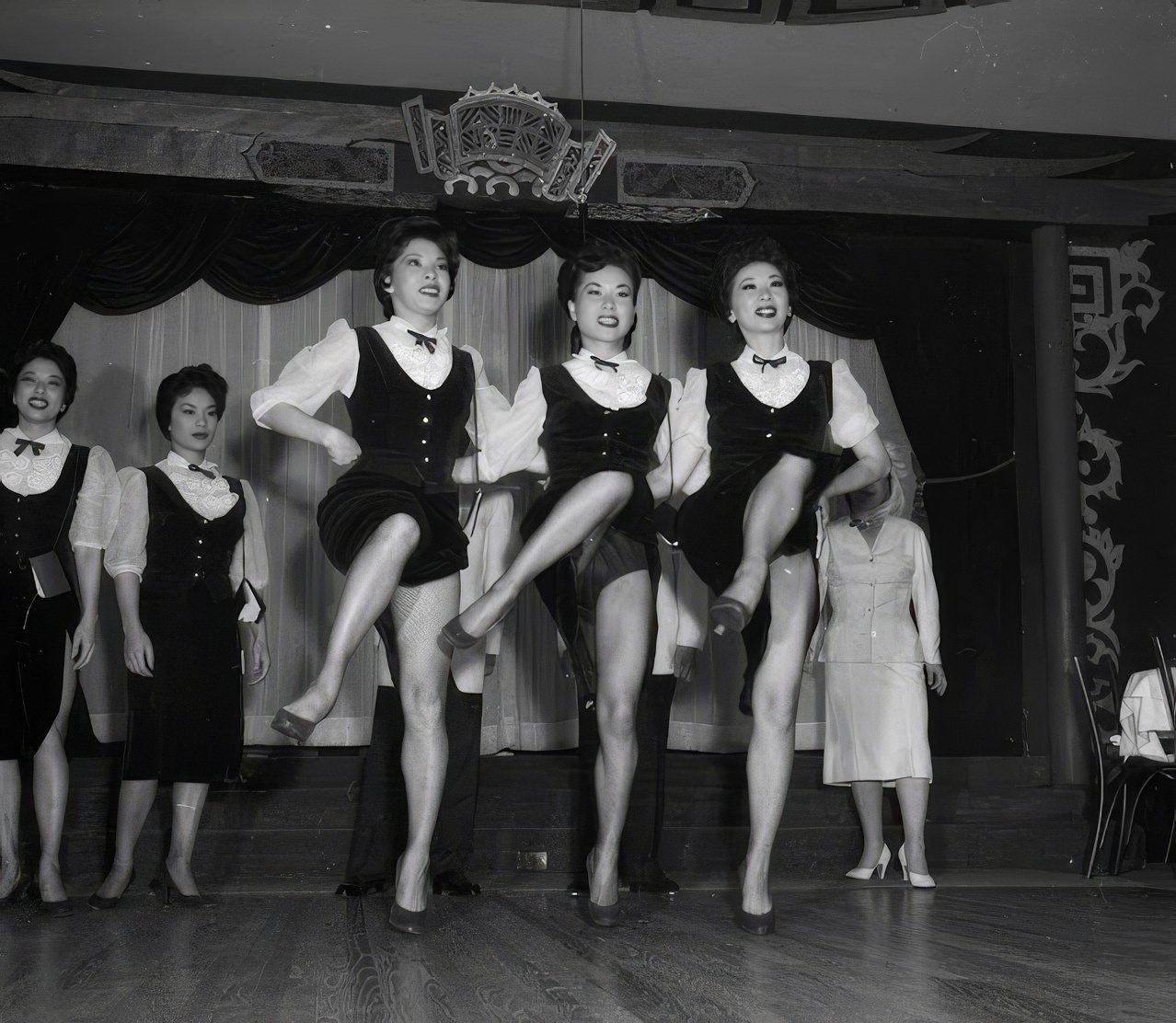
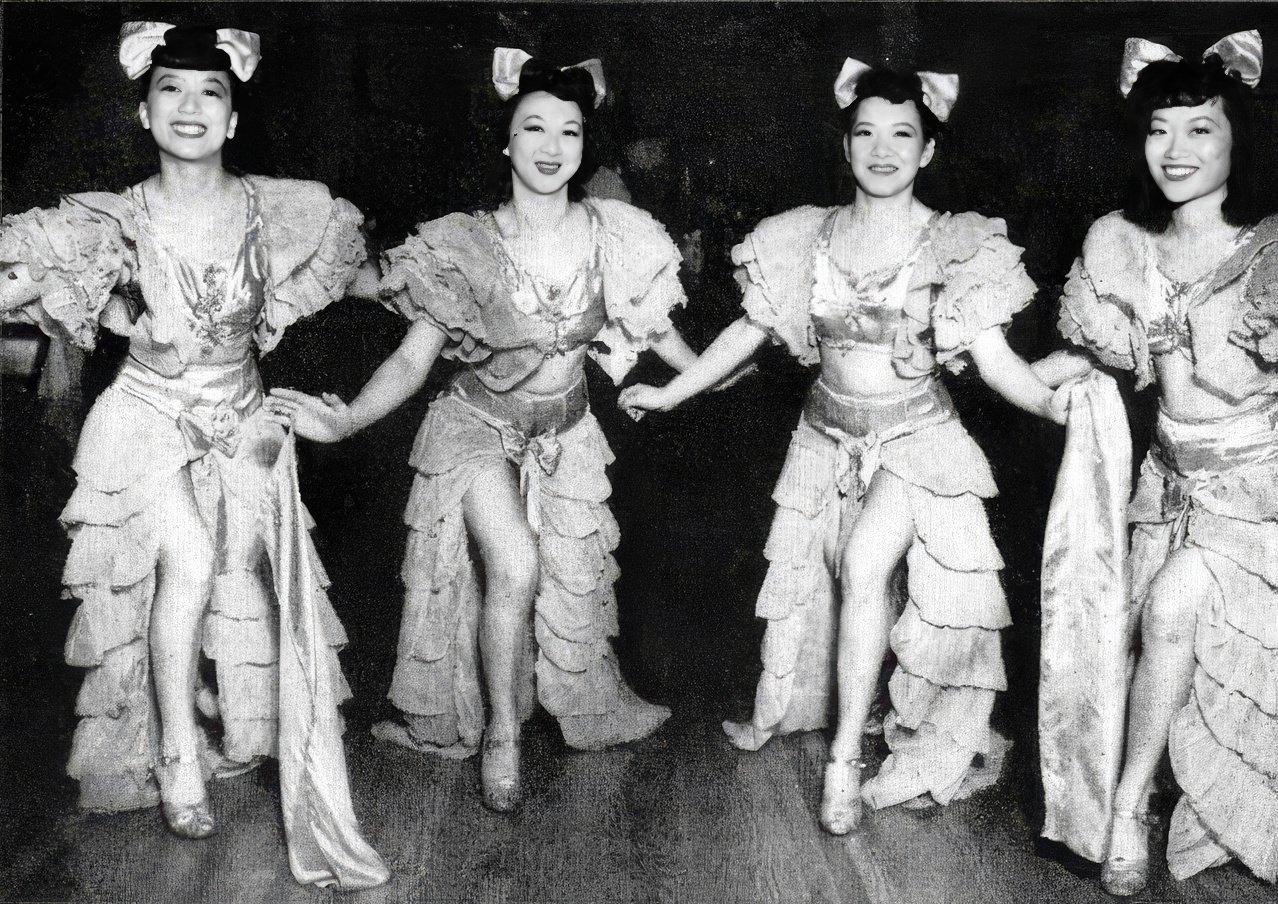
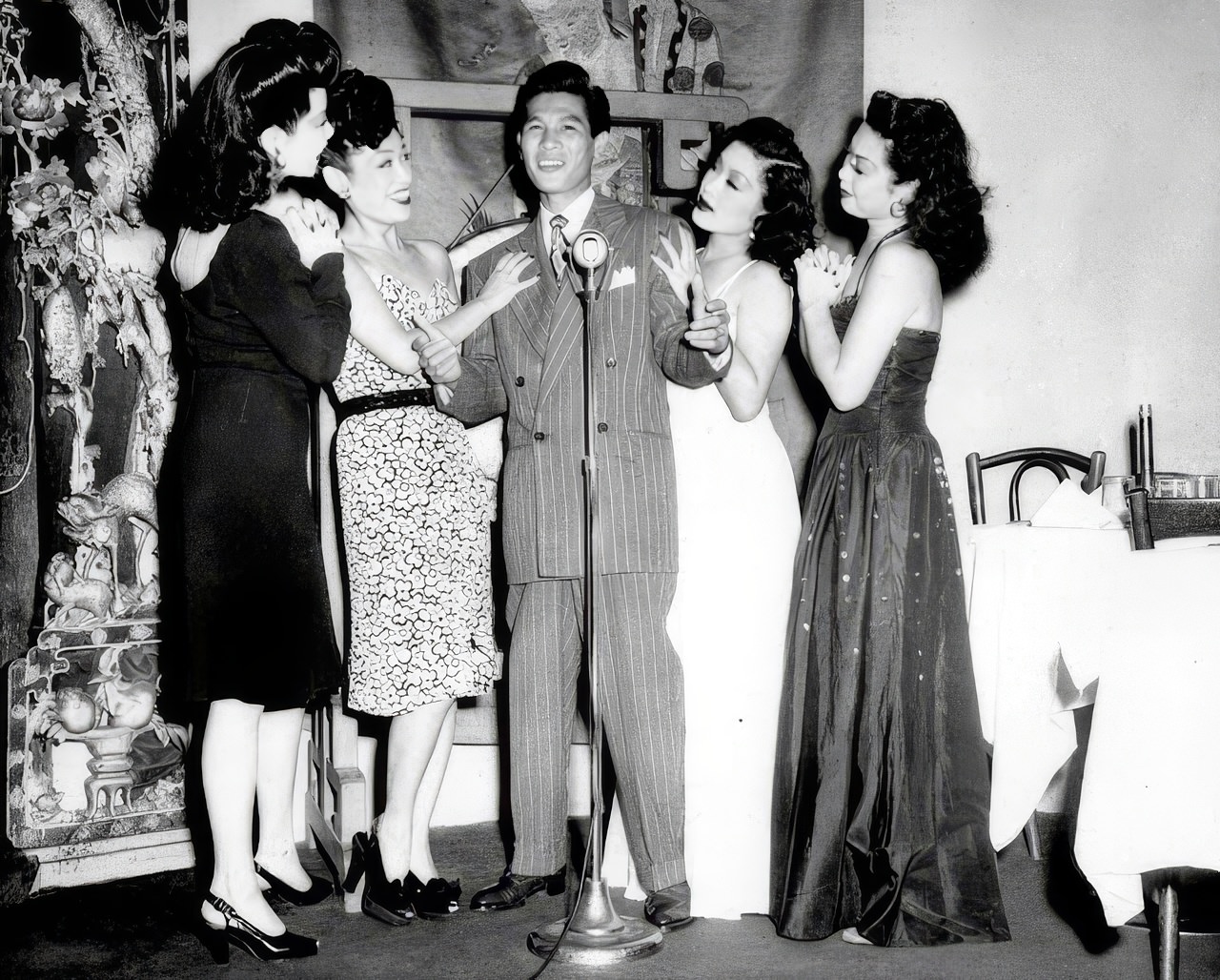
The Forbidden City’s magic extended far beyond its doors. During World War II, it became a popular hangout for military personnel stationed in San Francisco. Troops on leave flocked to the club, soaking in the vibrant atmosphere and the captivating performances. But the Forbidden City’s allure wasn’t limited to soldiers. Hollywood celebrities also sought out the club’s unique blend of entertainment. Charlie Low himself became a celebrity of sorts, known for his charismatic management style and for being a gracious host to the stars.
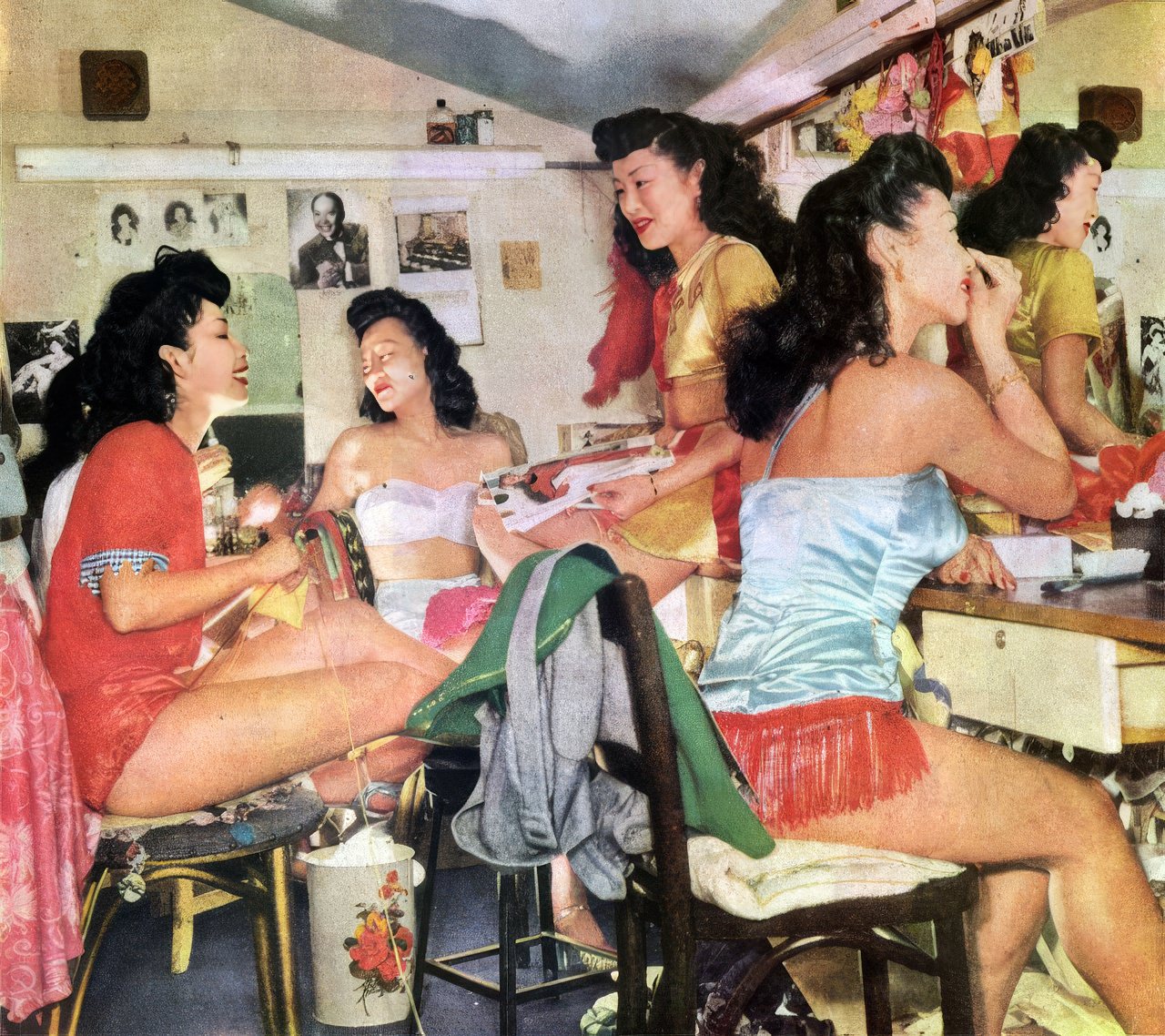
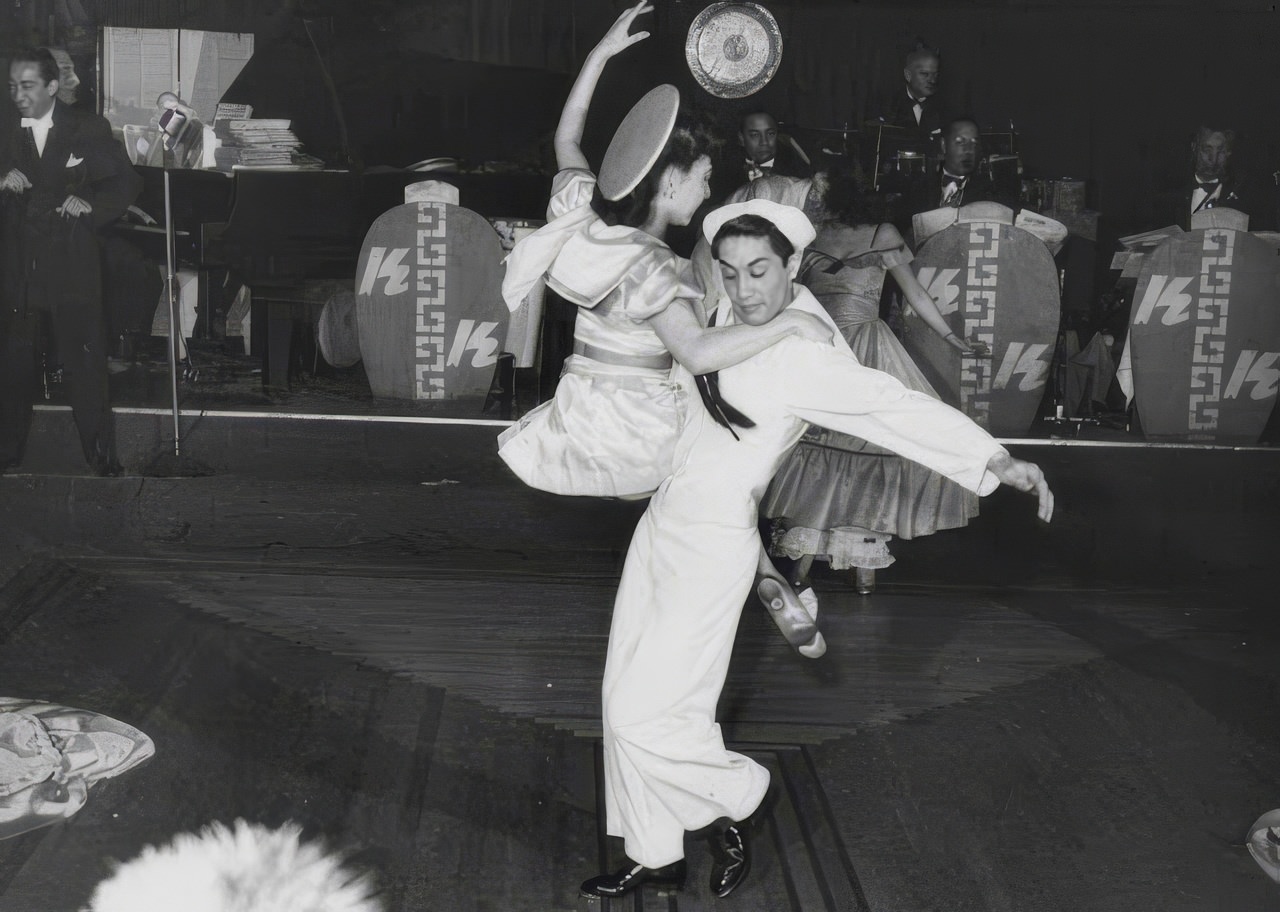
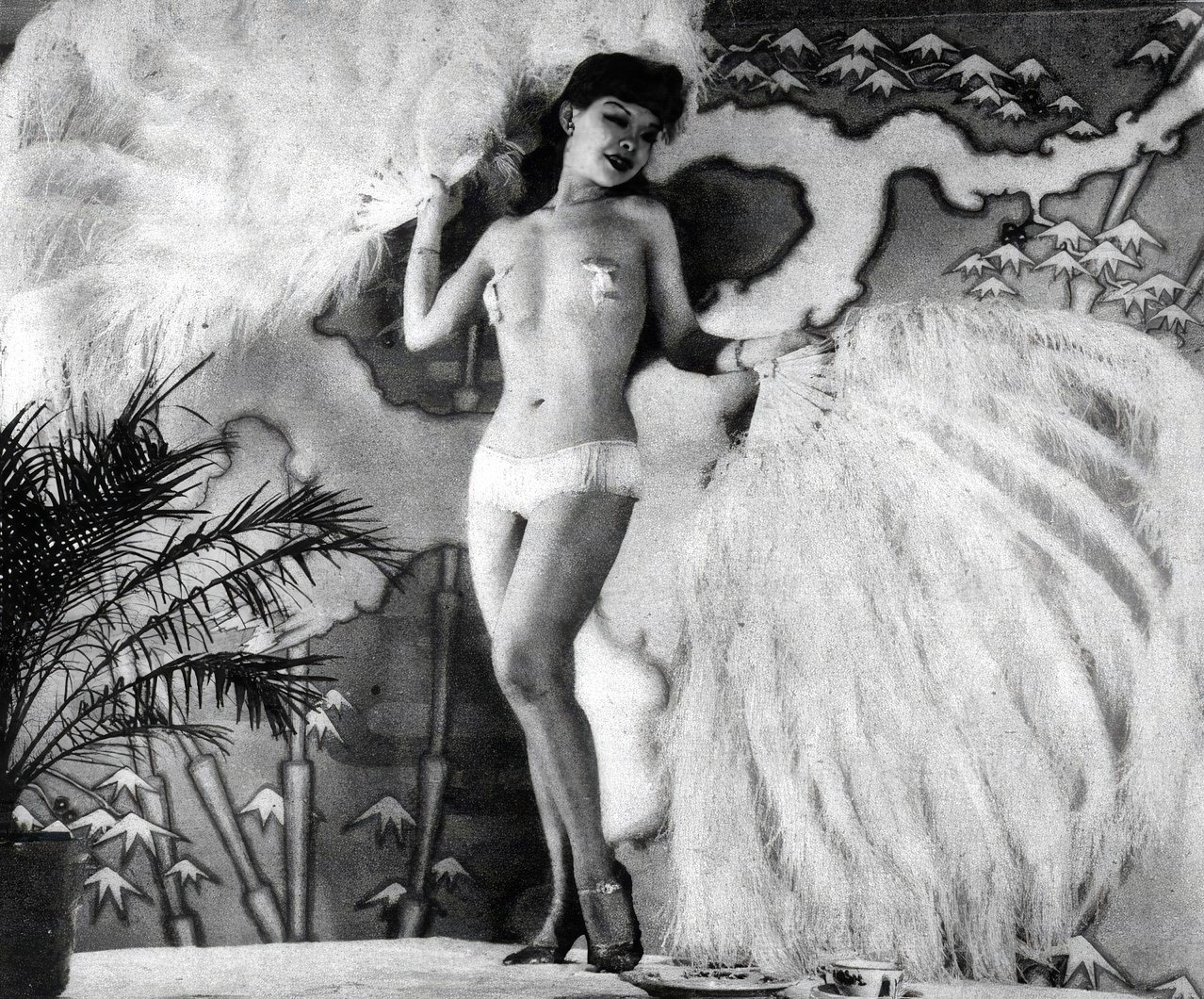
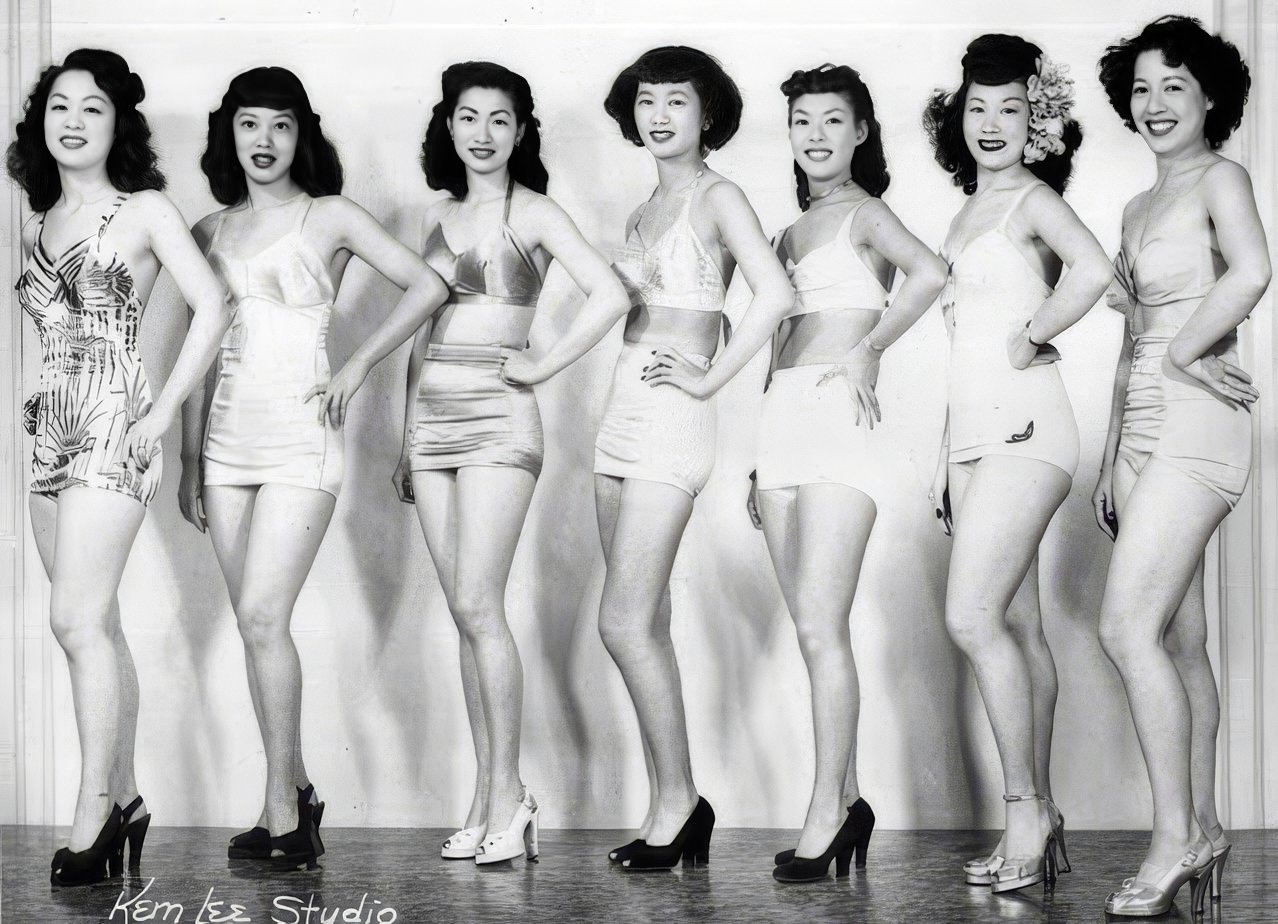
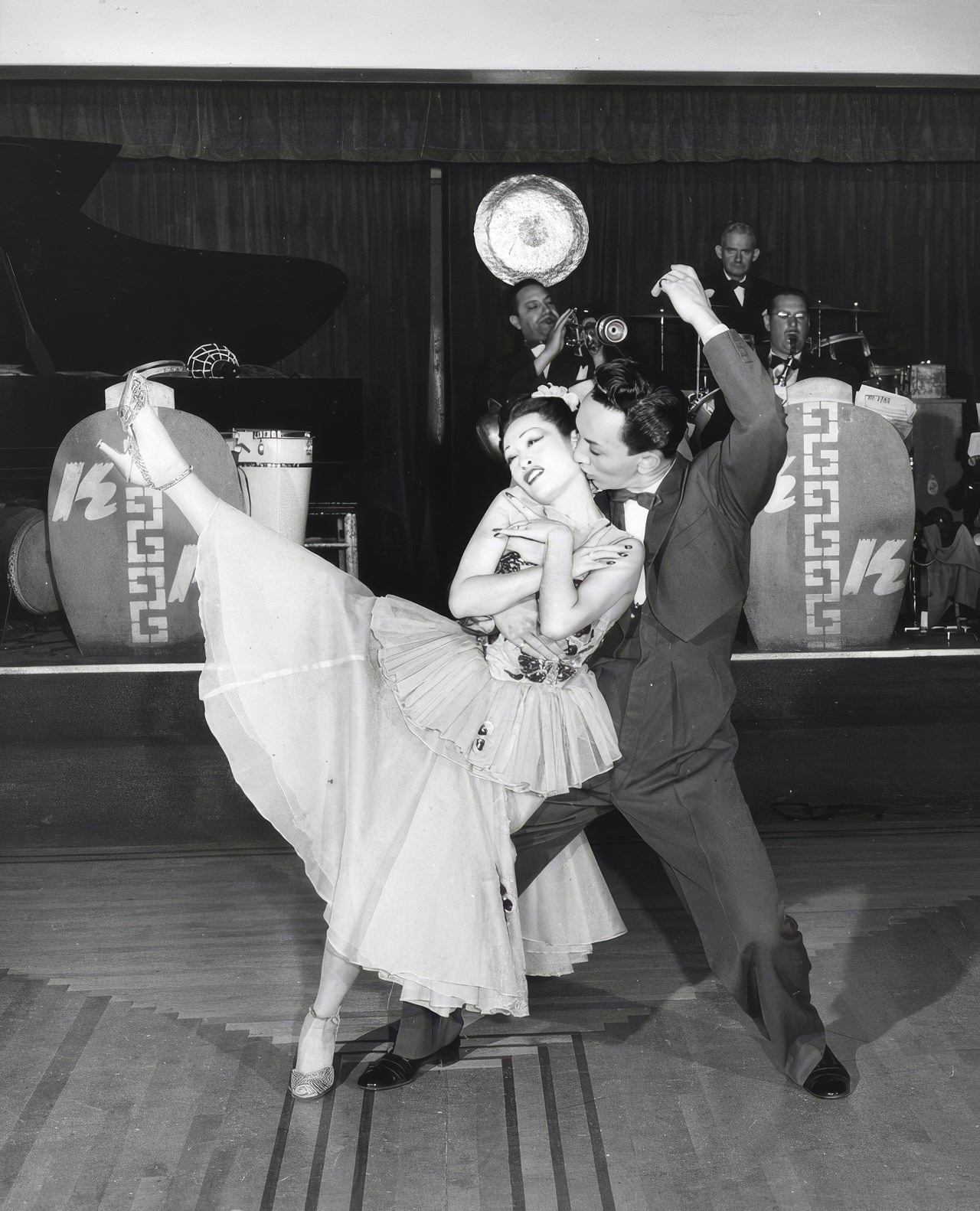
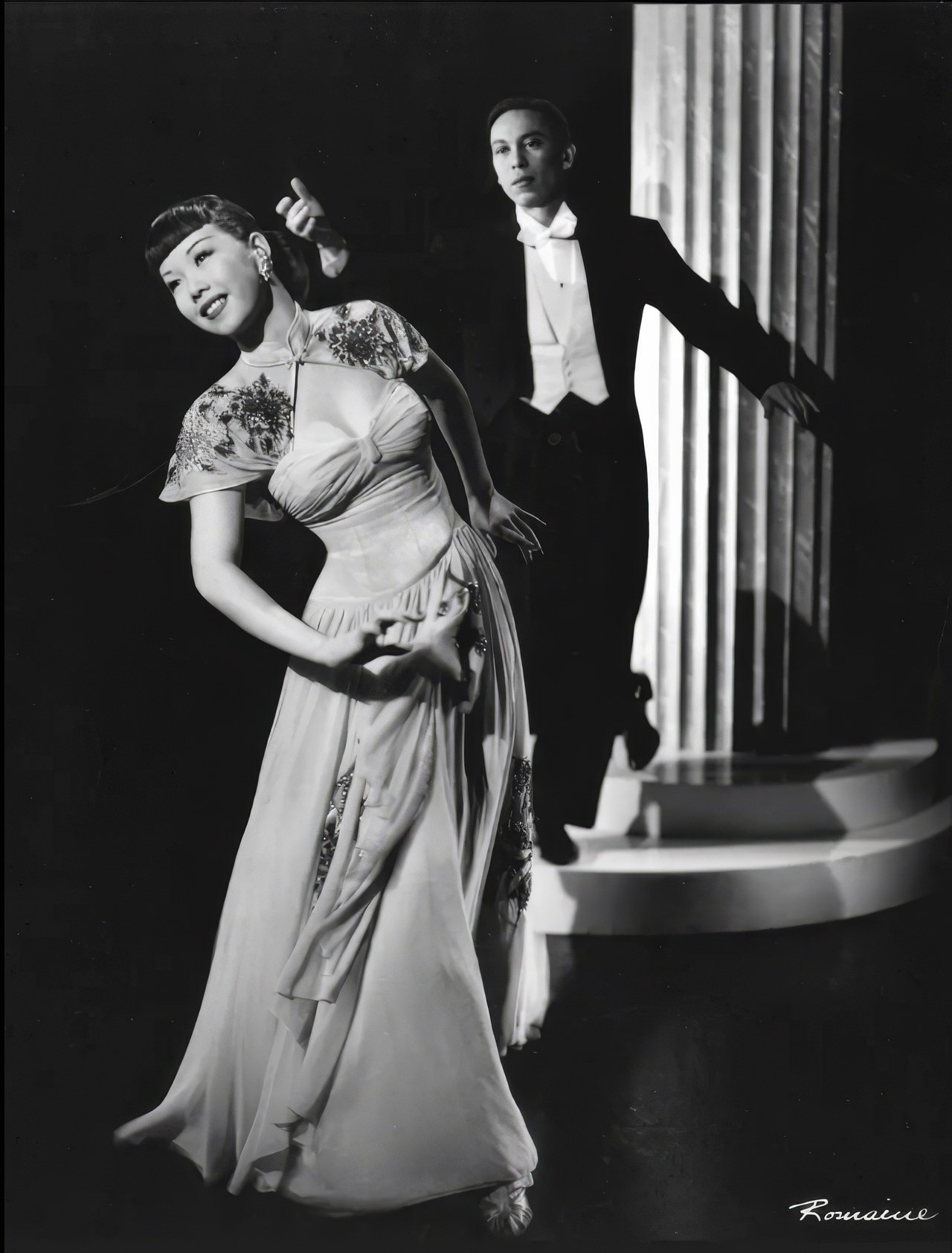
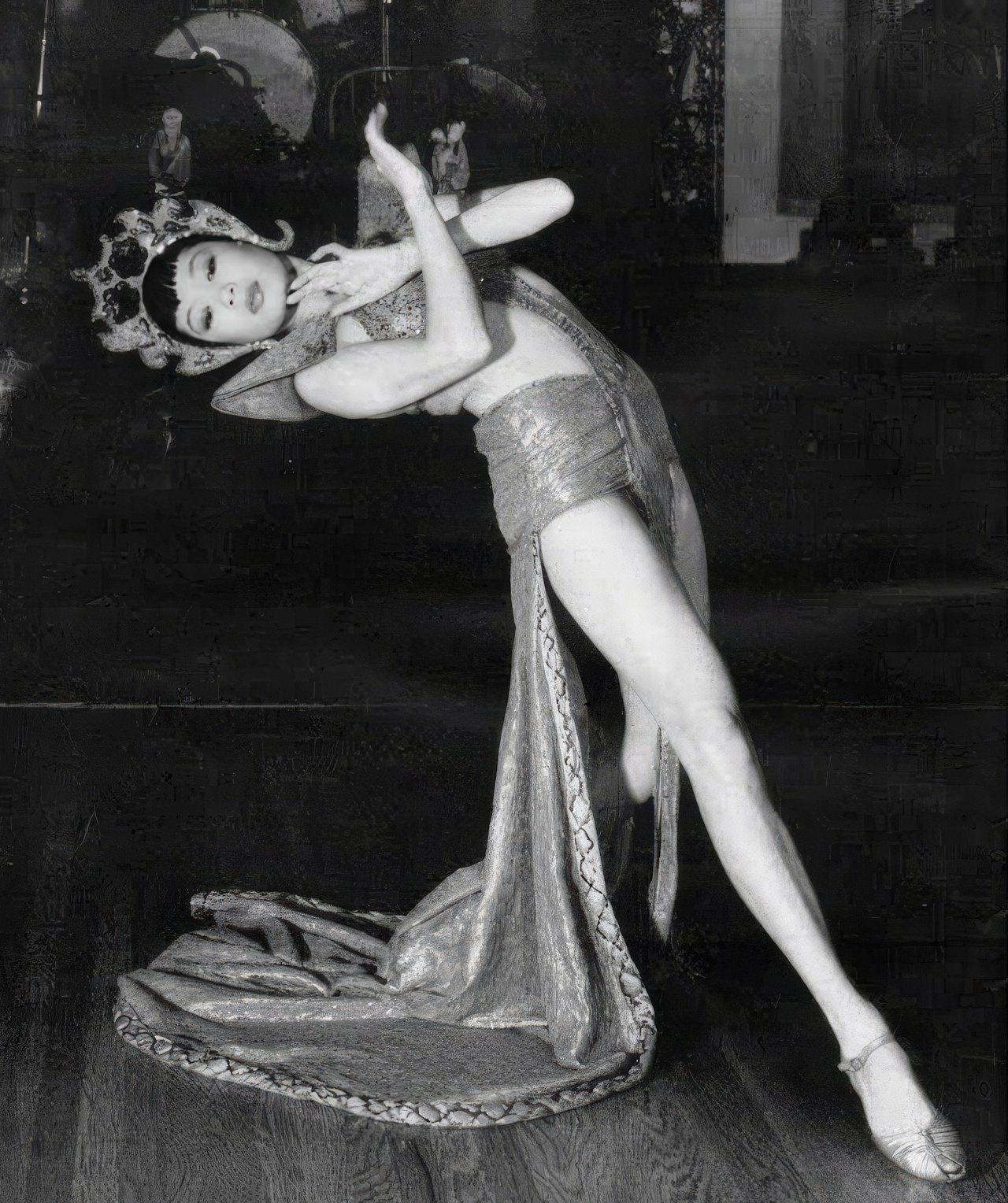
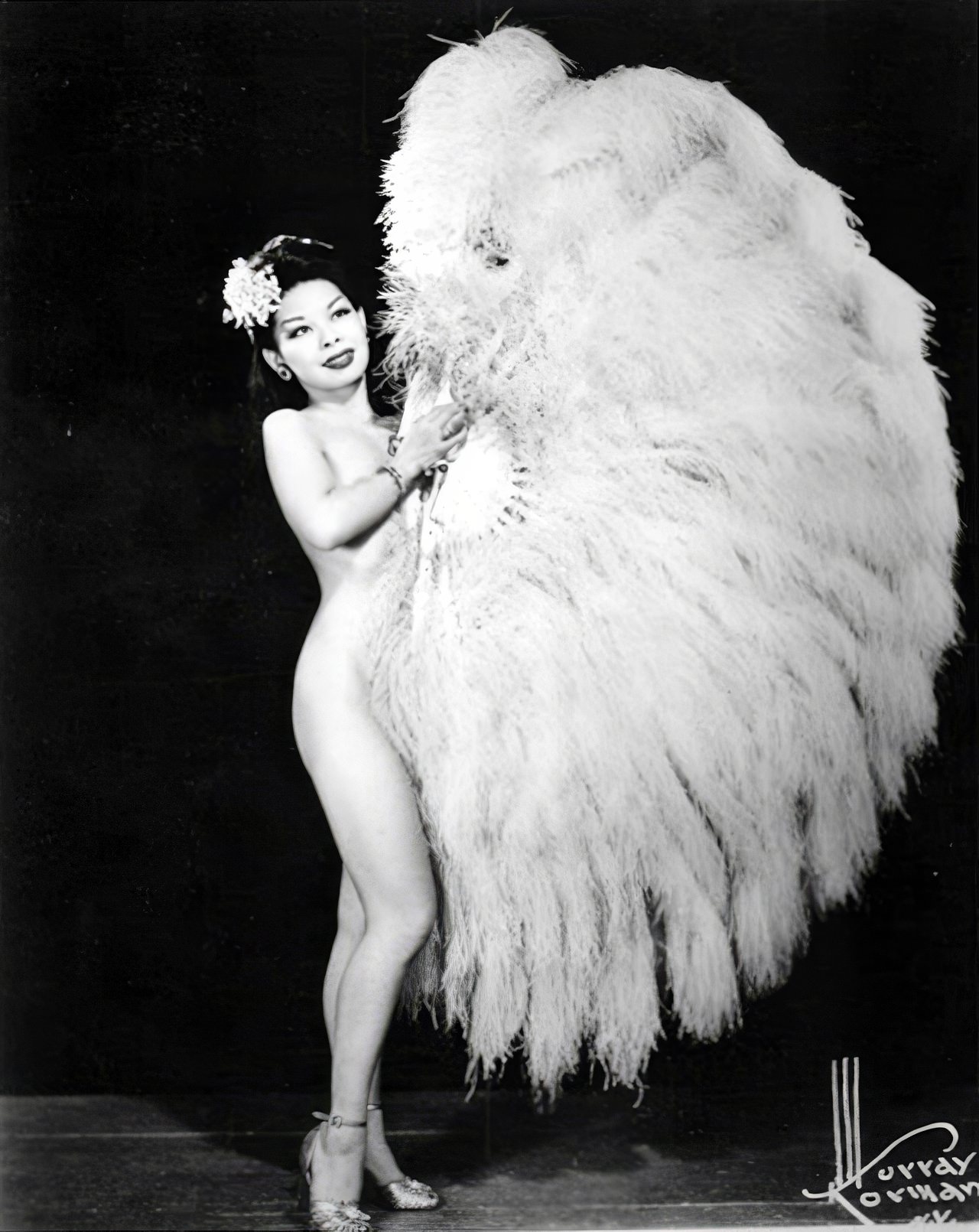
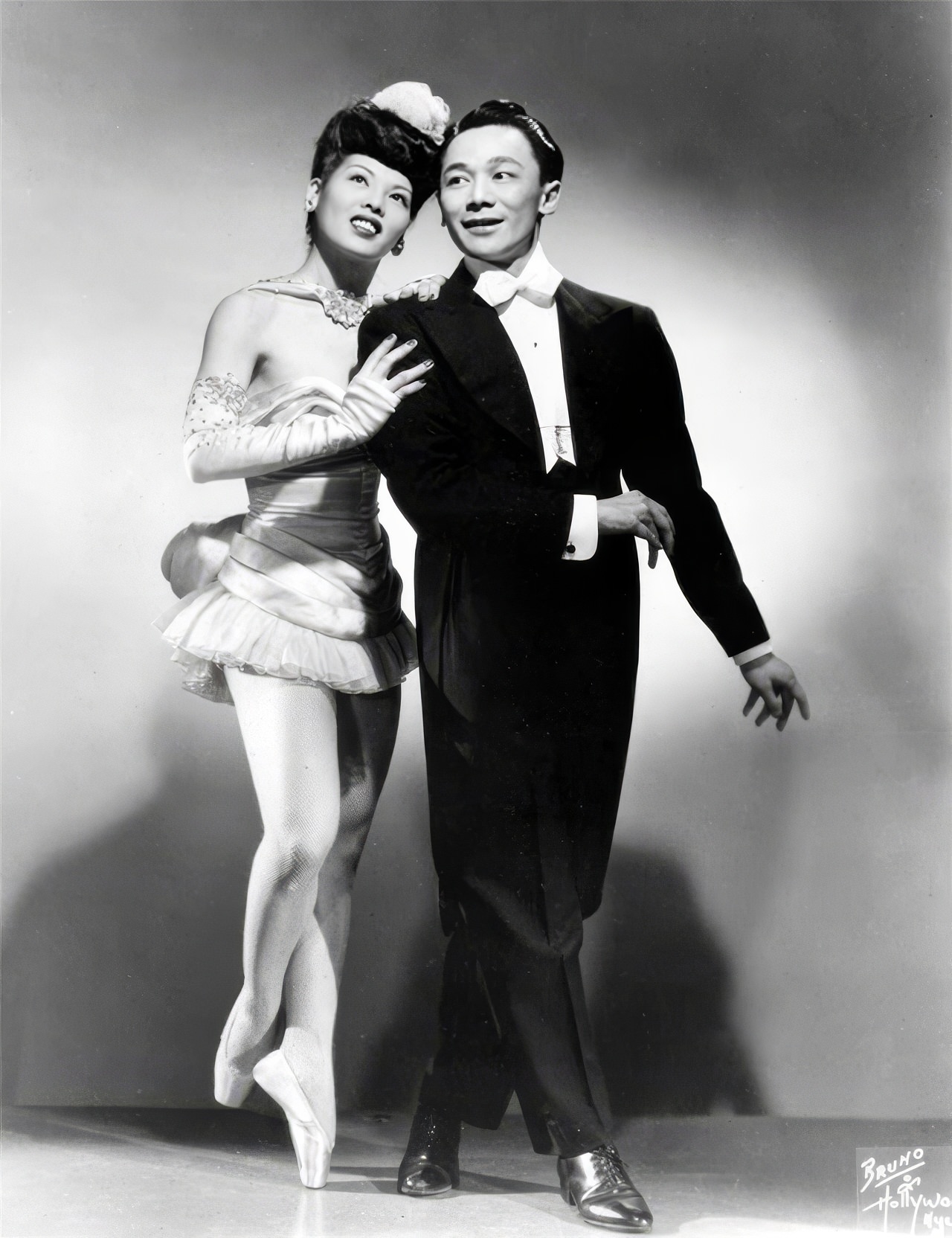
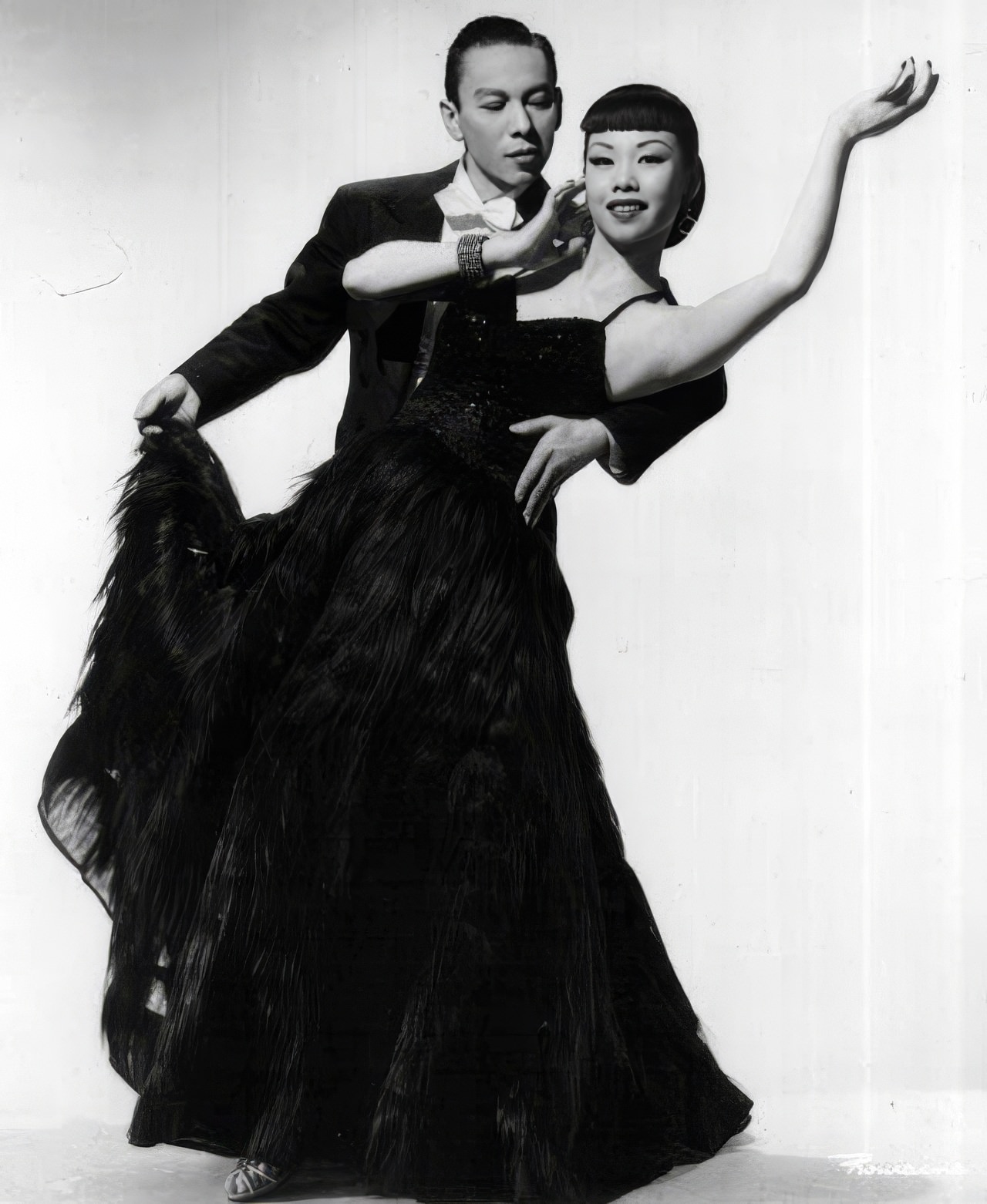
It played a significant role in shaping Asian American culture in the United States. It provided a platform for Asian American performers, fostering a sense of community and pride. The club’s success even inspired the creation of similar venues across the country.
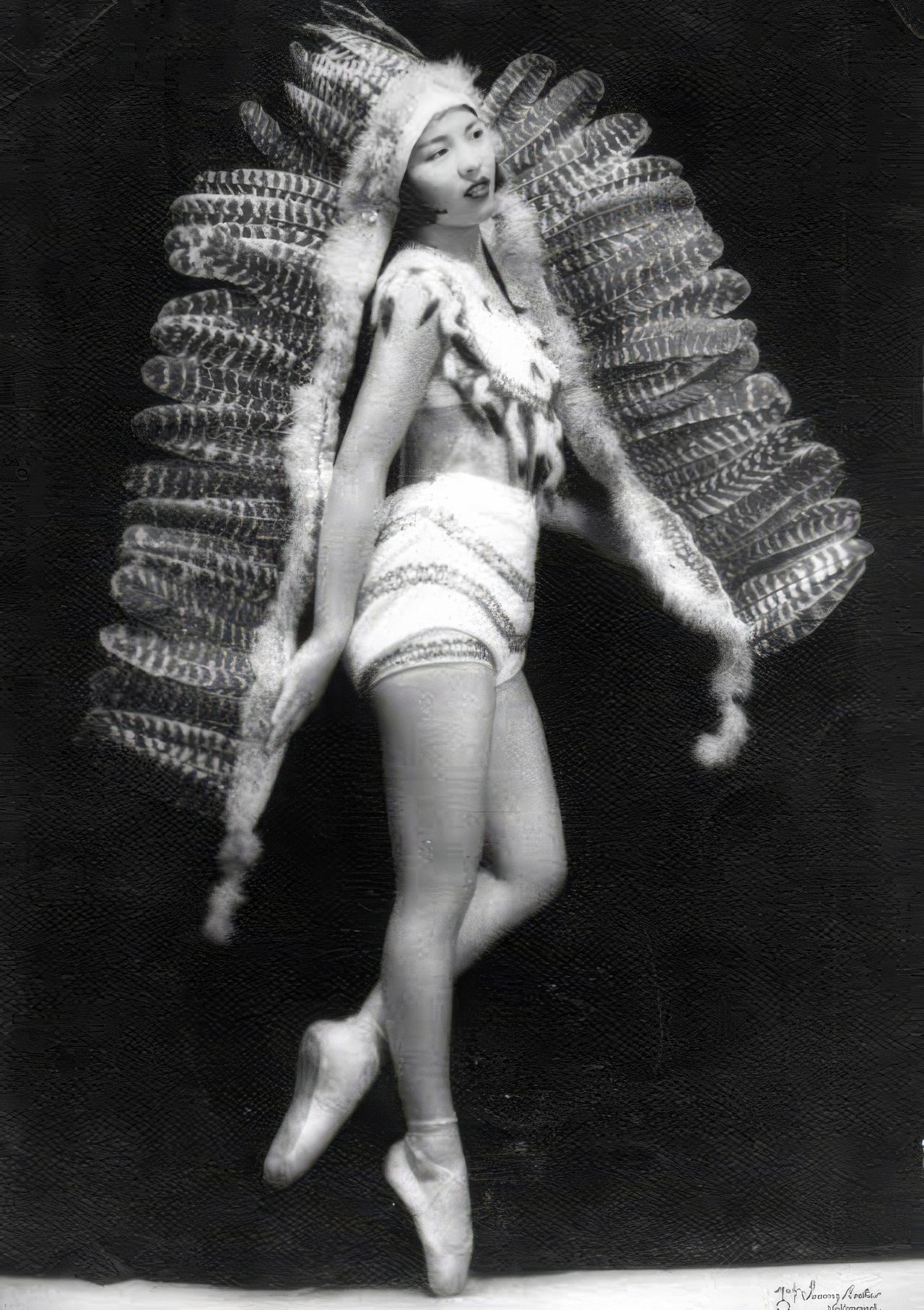
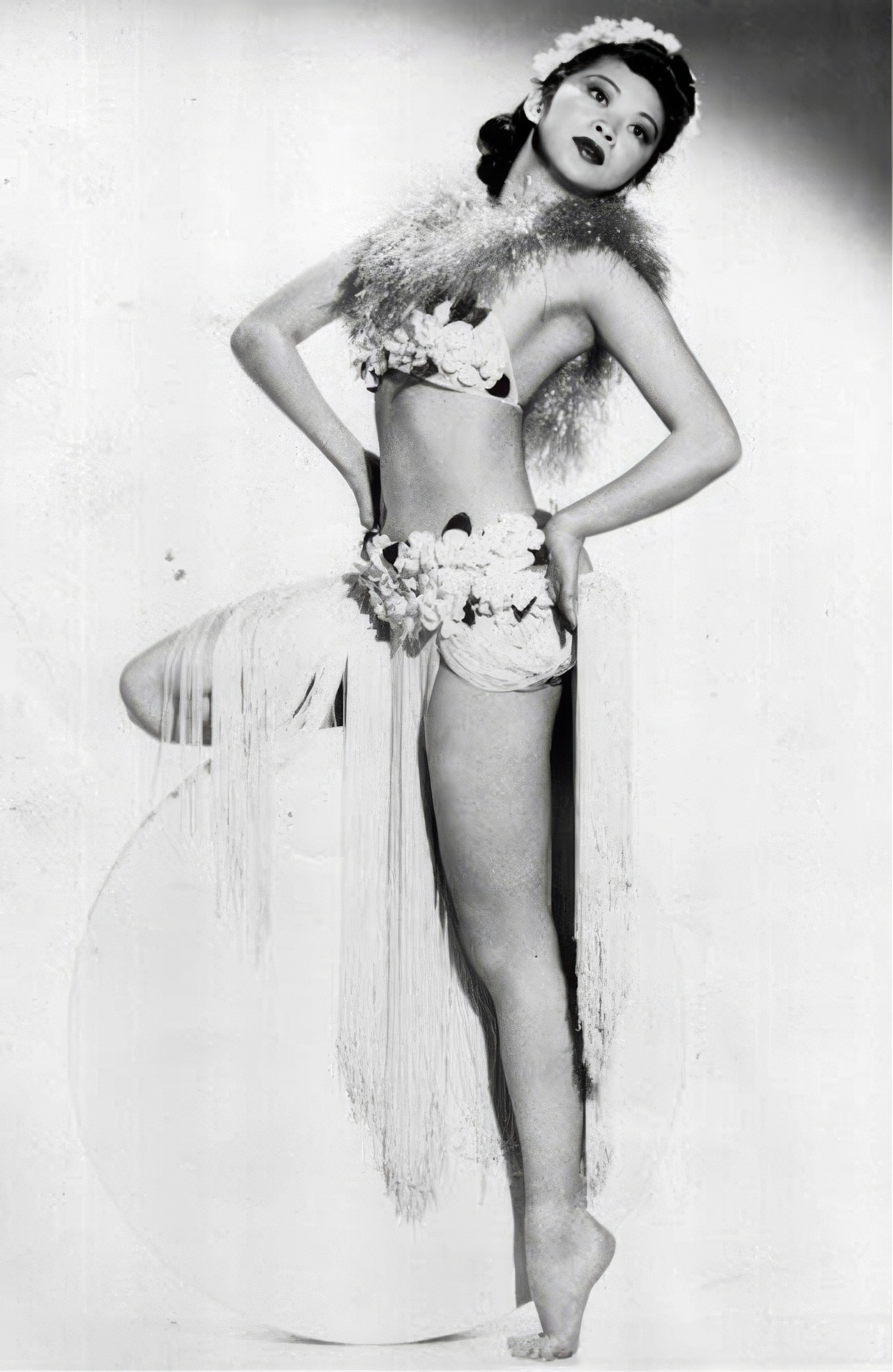
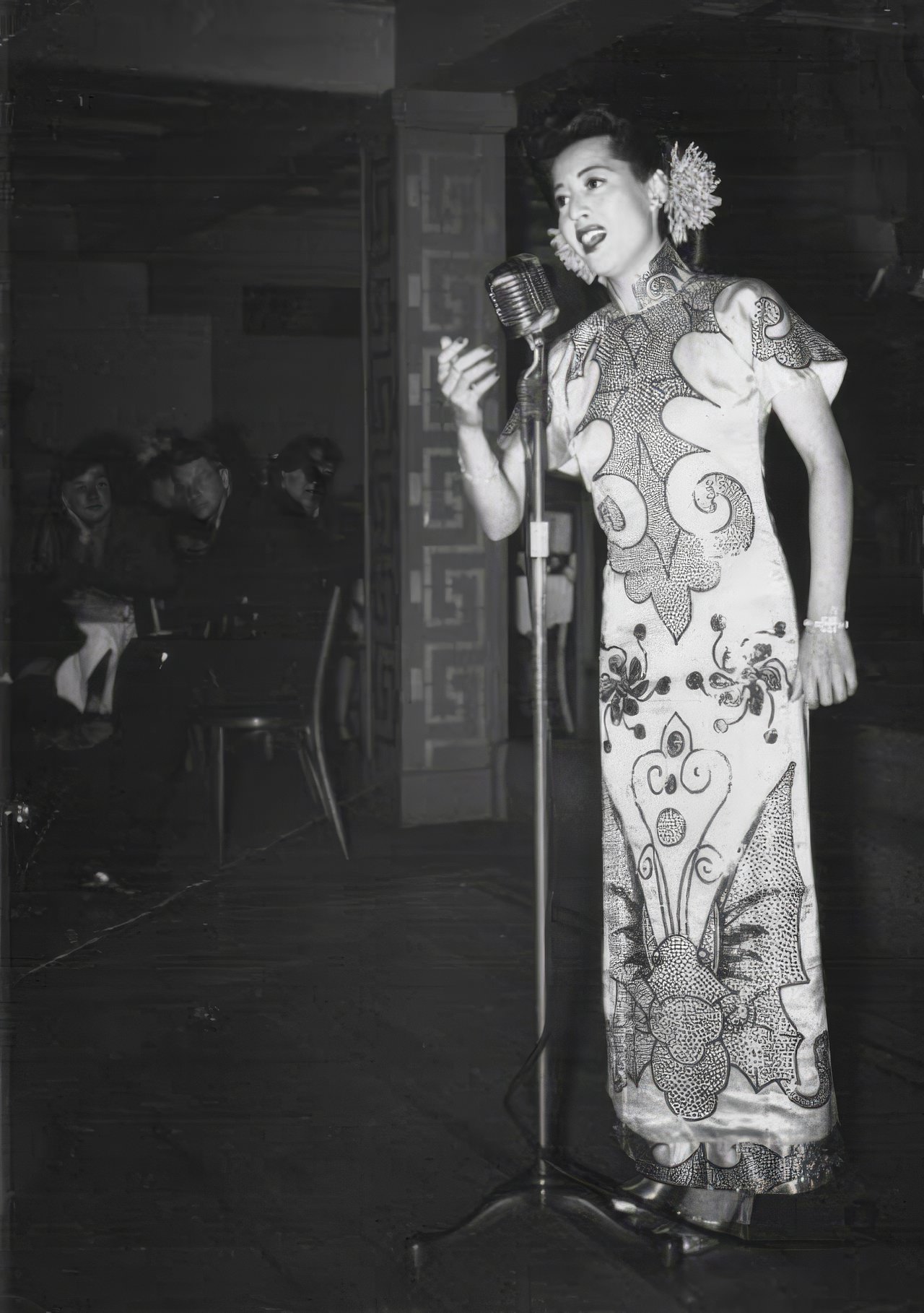
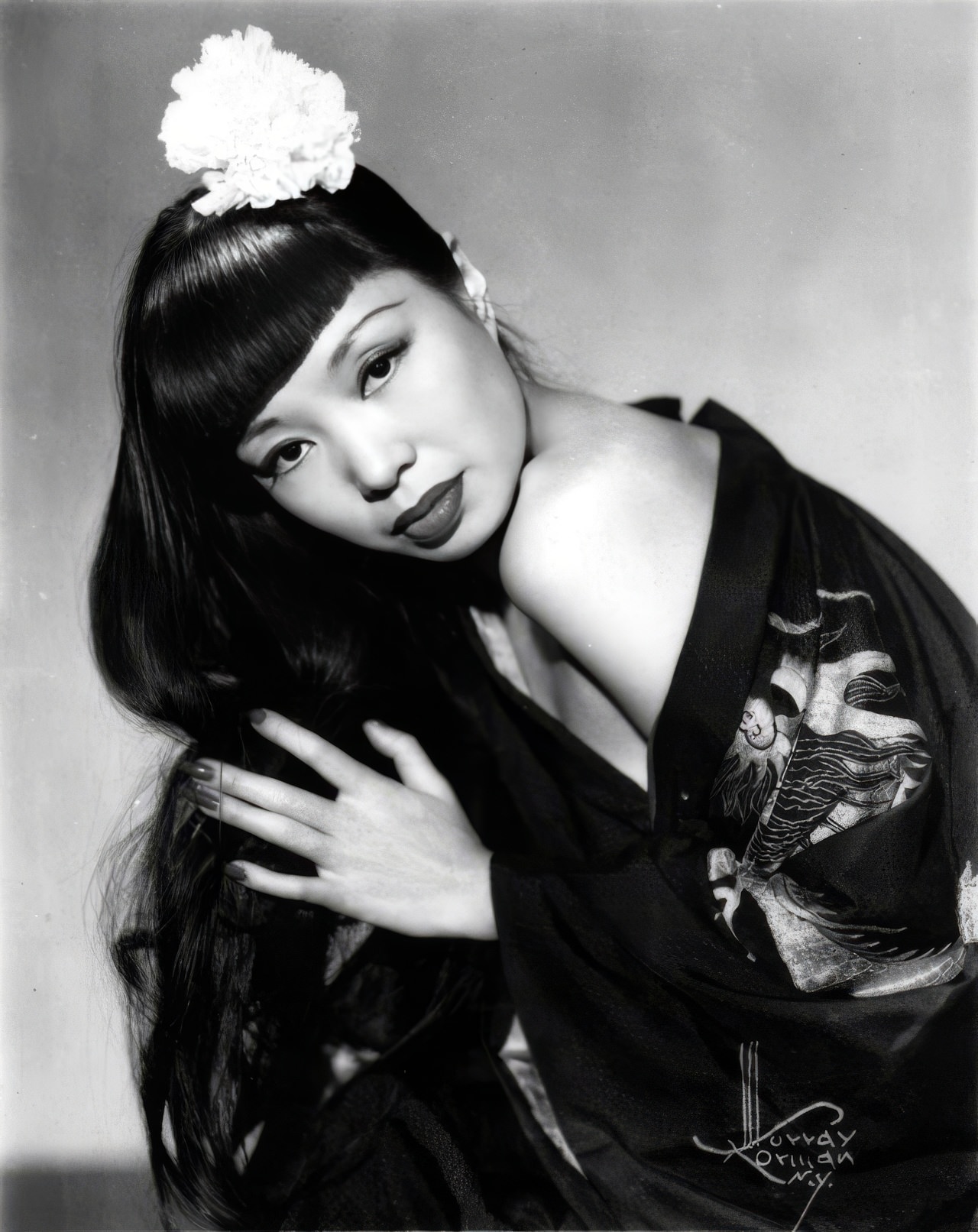
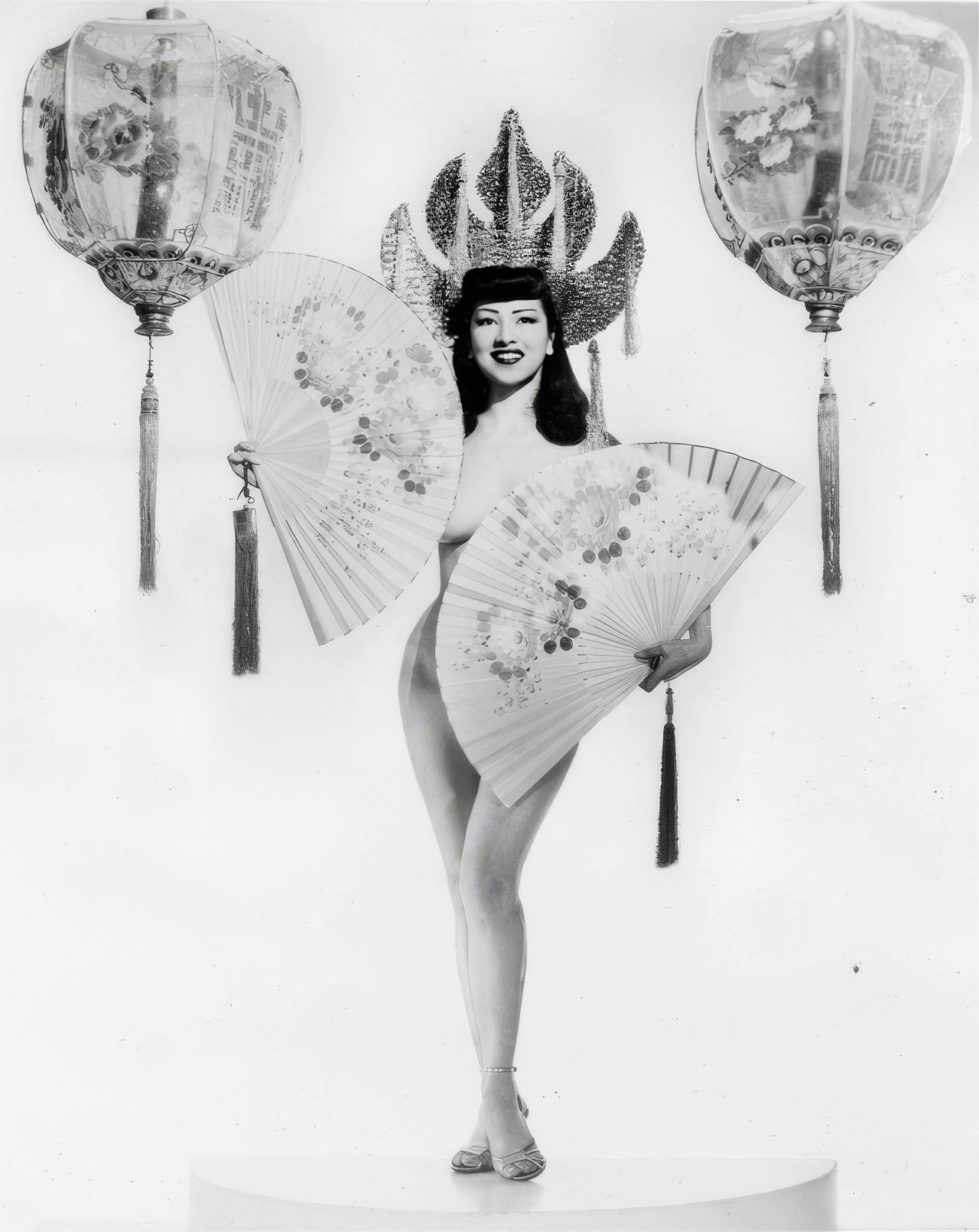
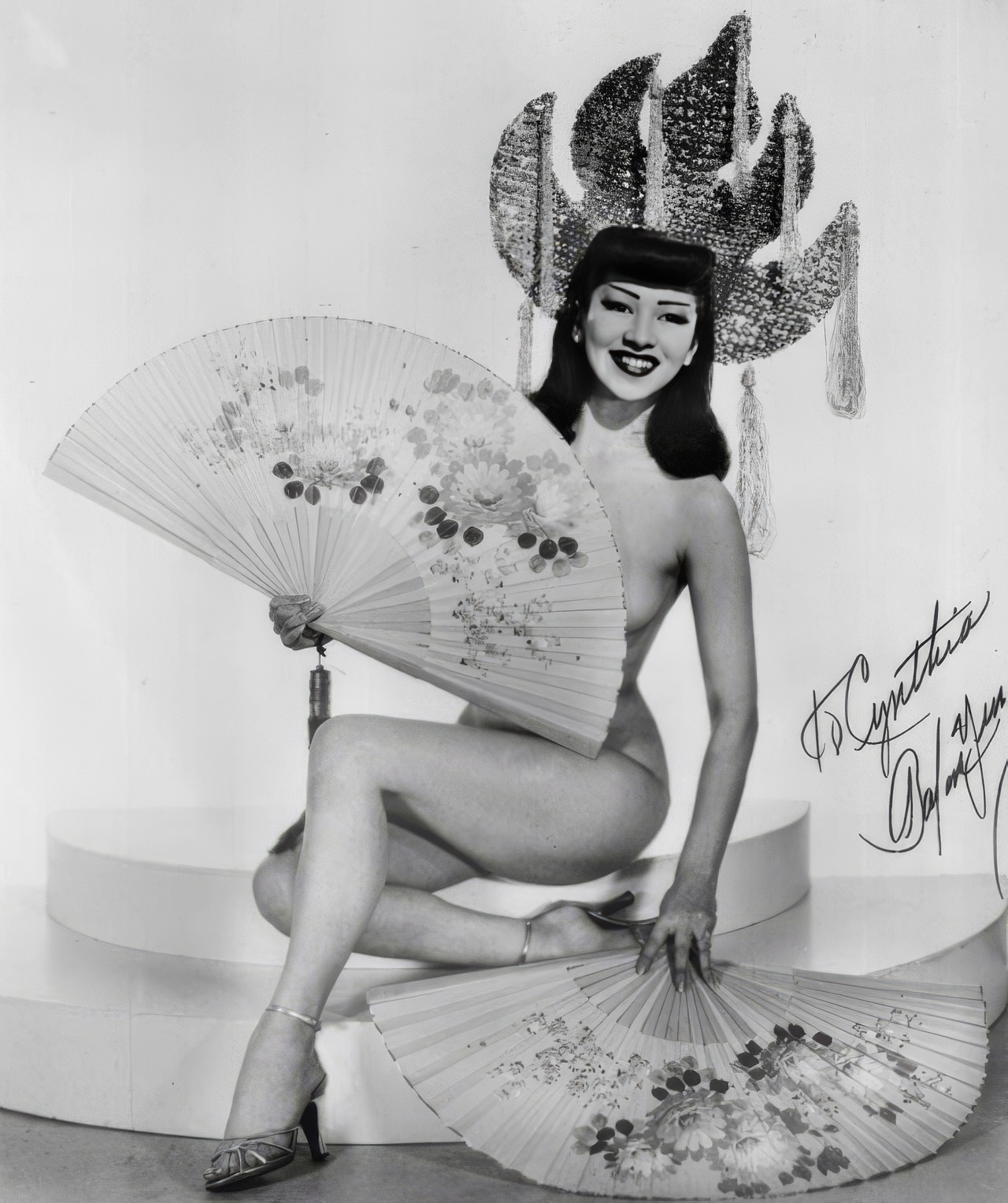
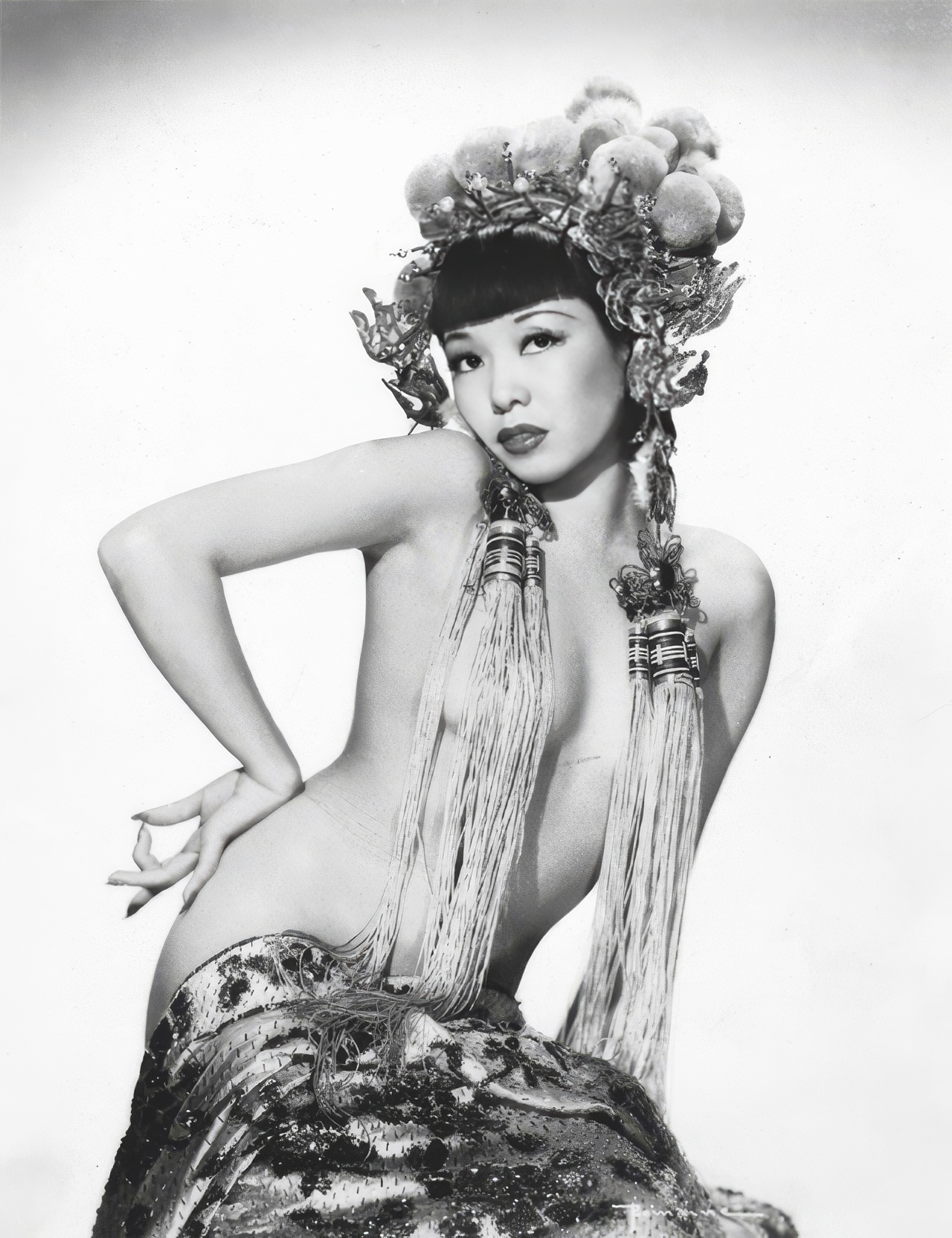
In 1970, after more than three decades of dazzling audiences, Forbidden City closed its doors, marking the end of an era in San Francisco’s nightlife and cultural history.
